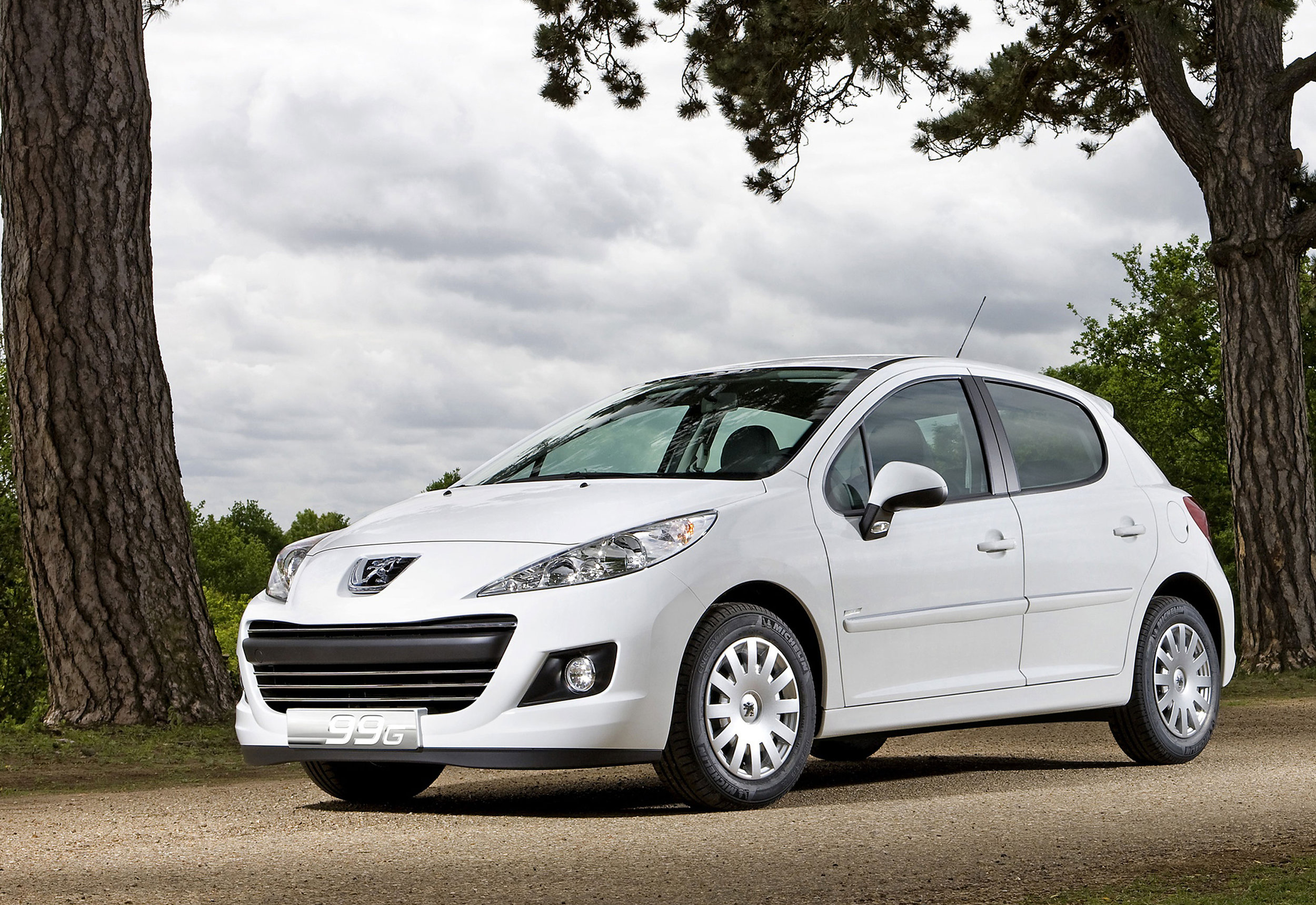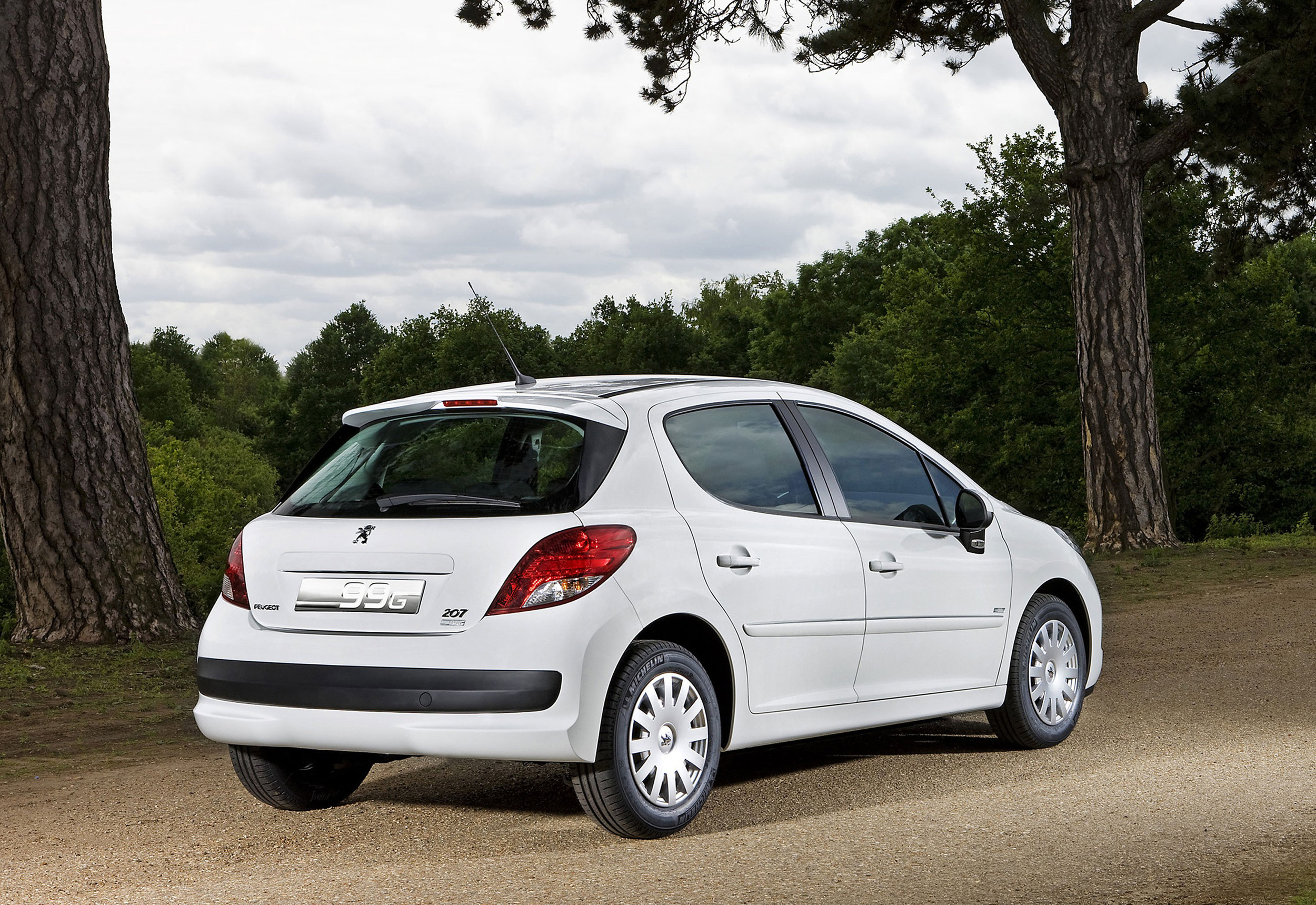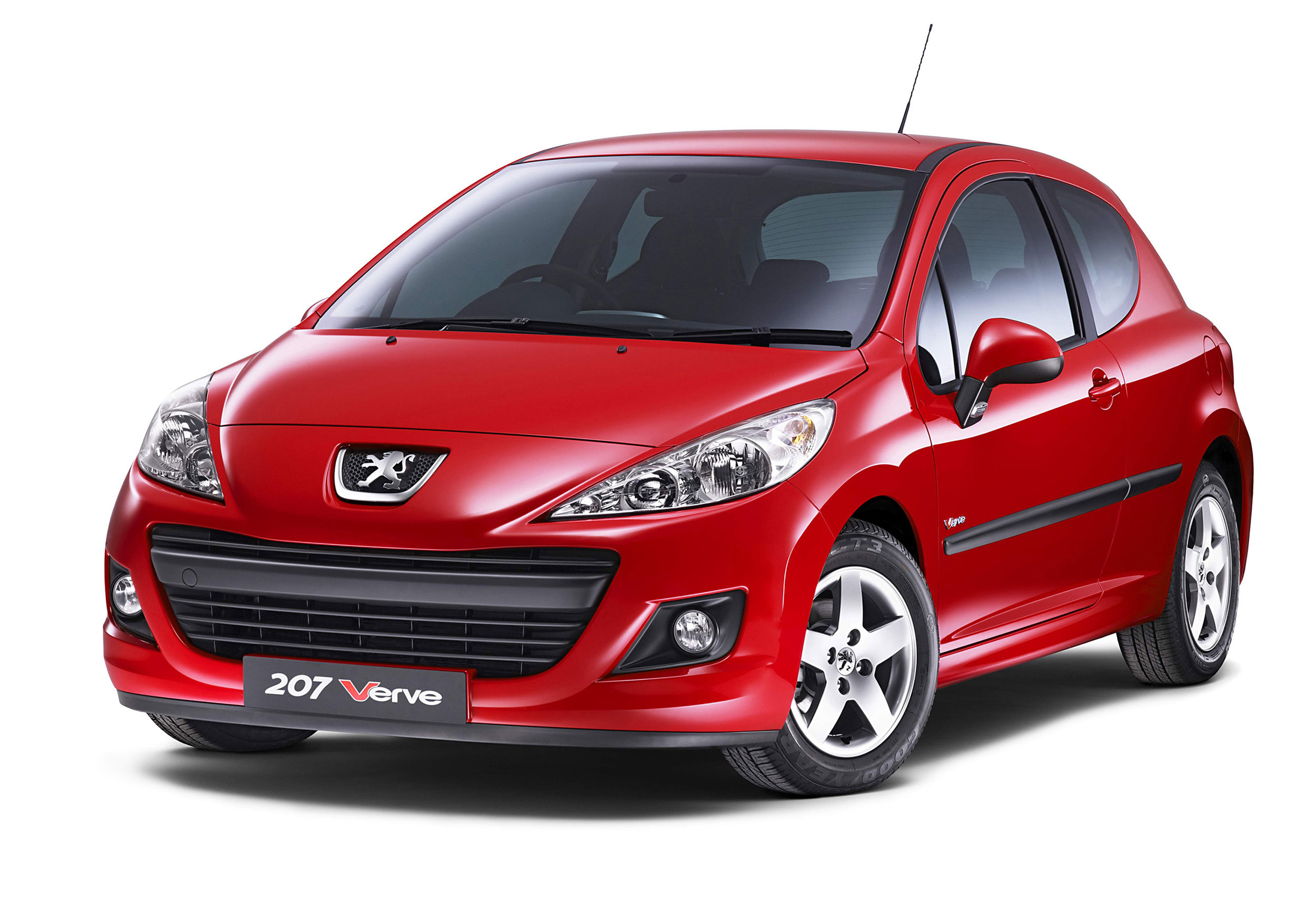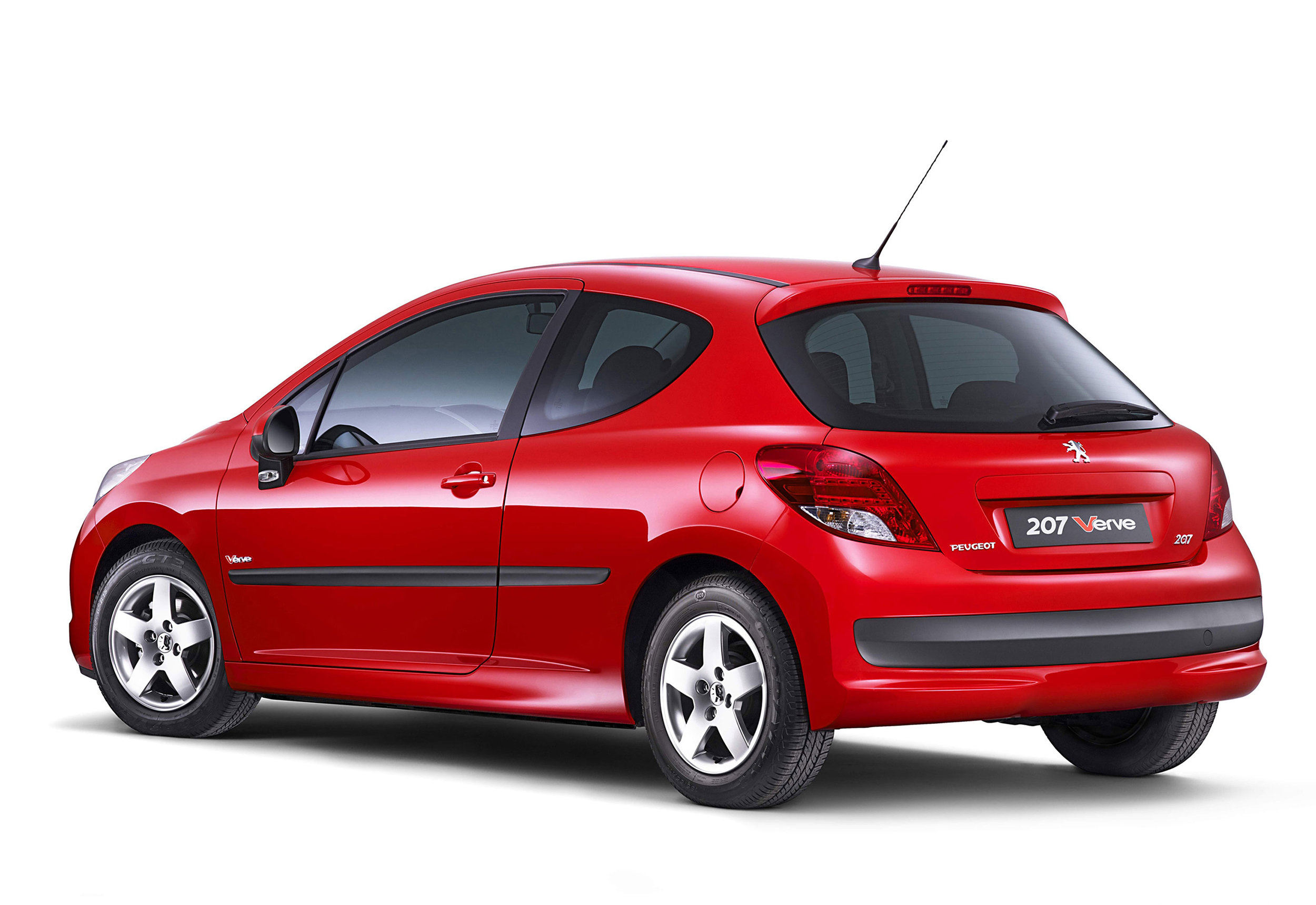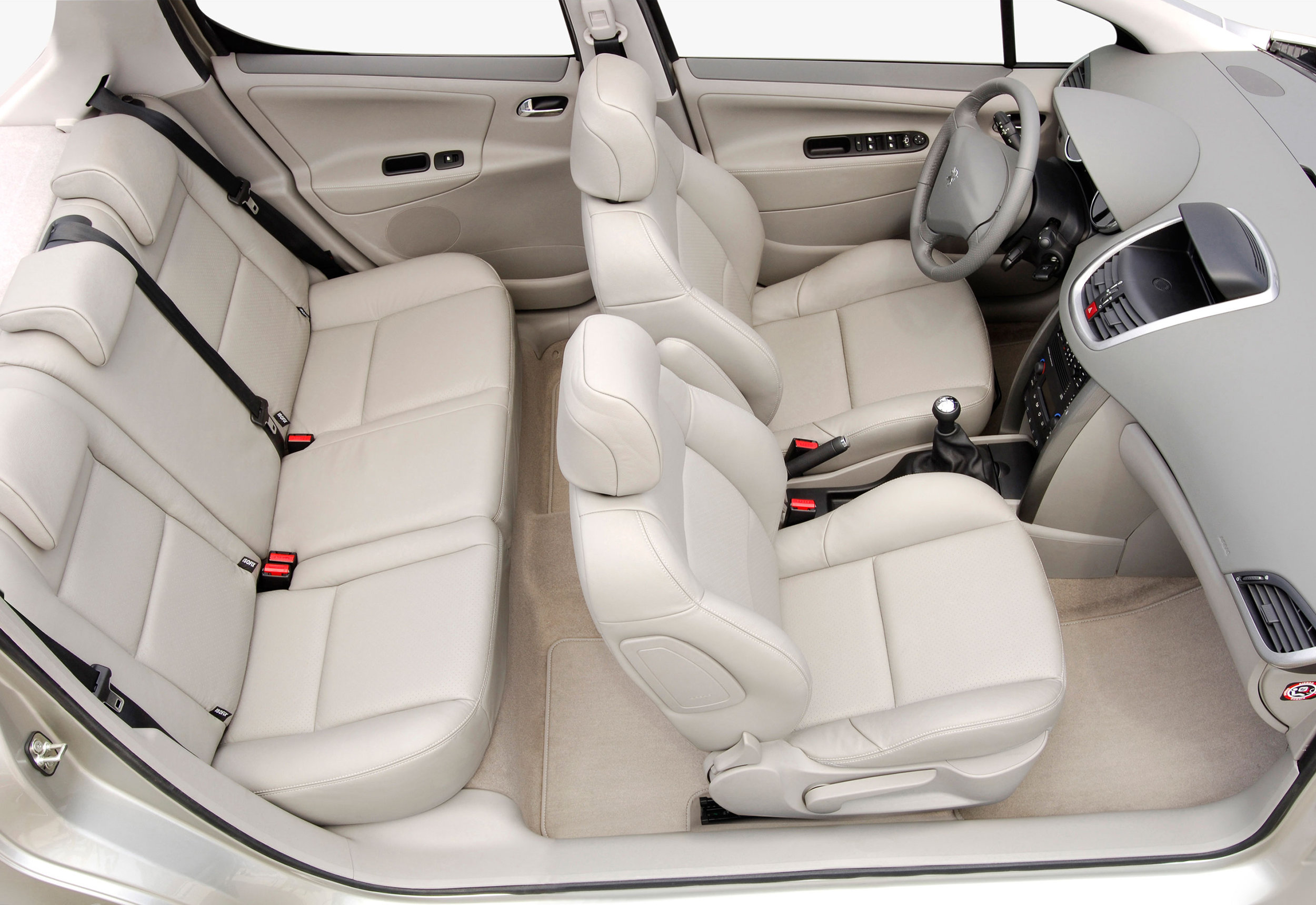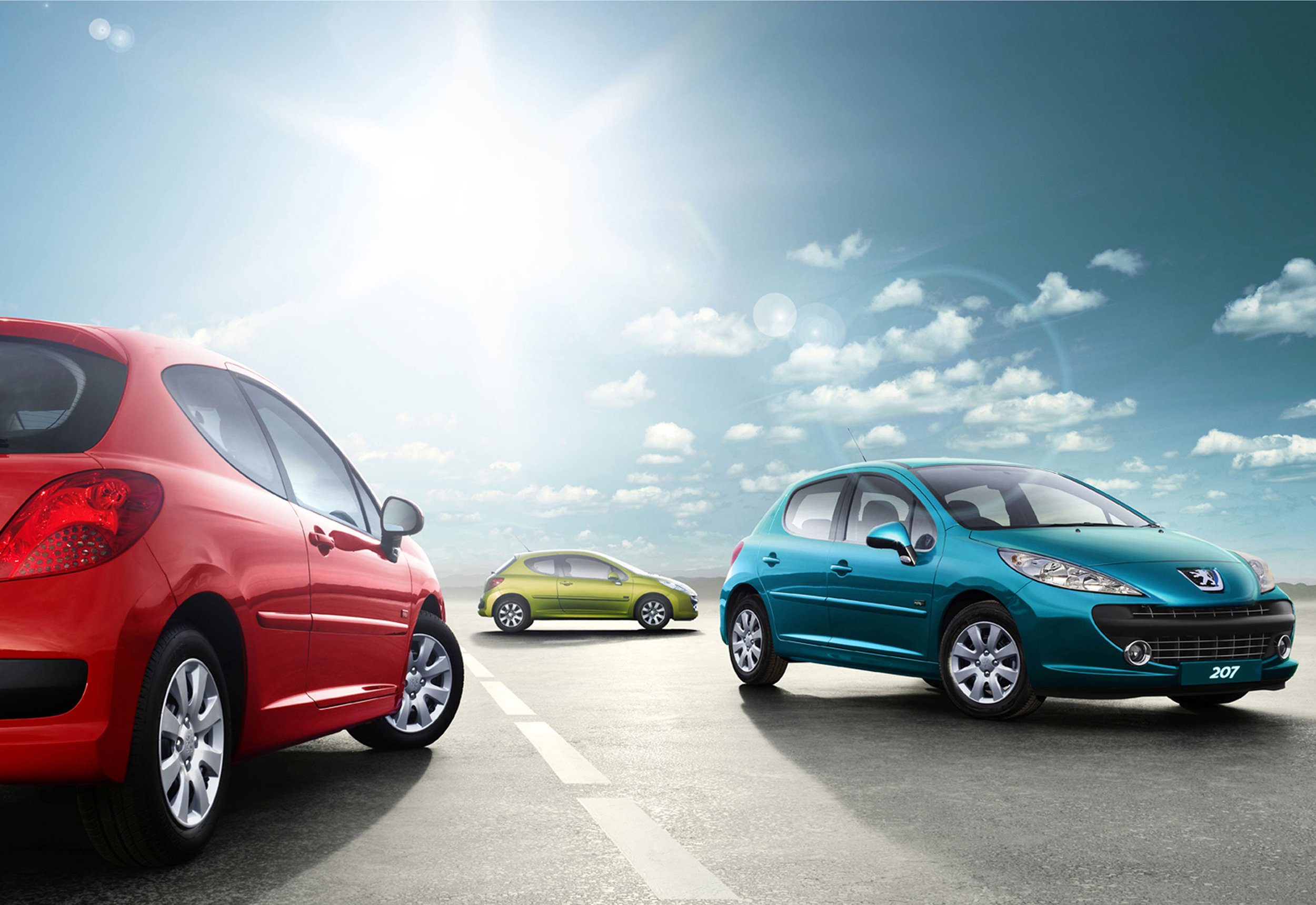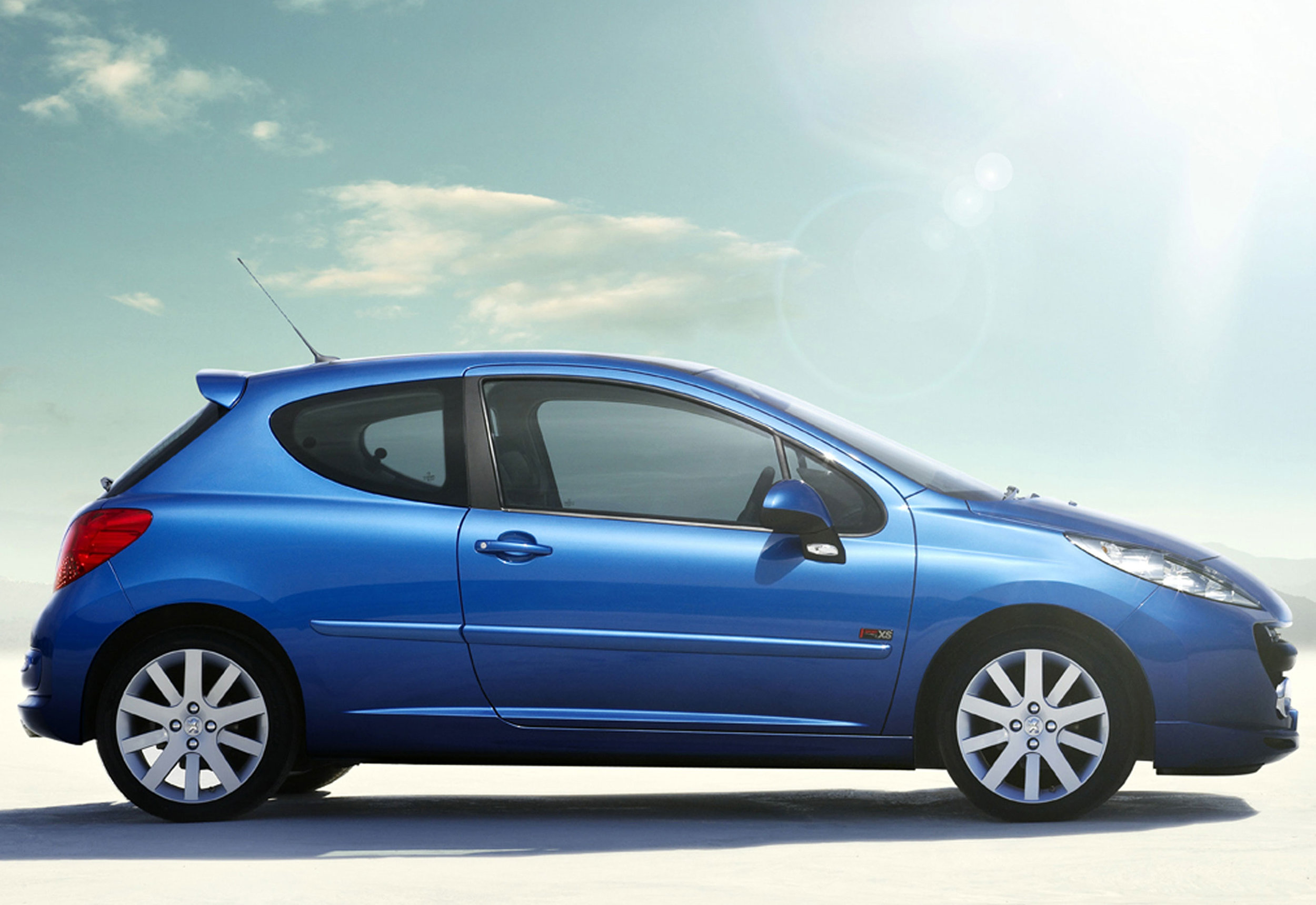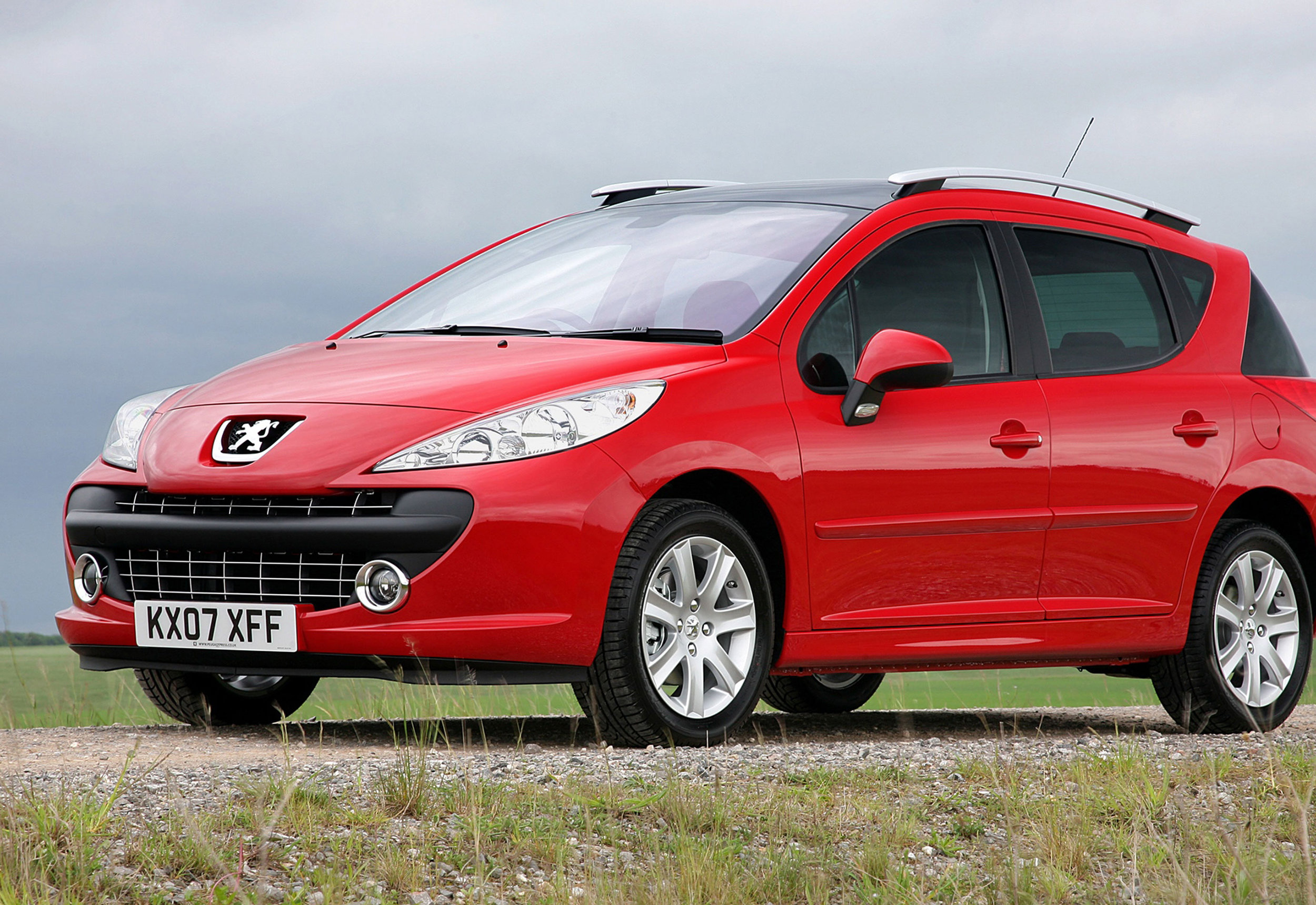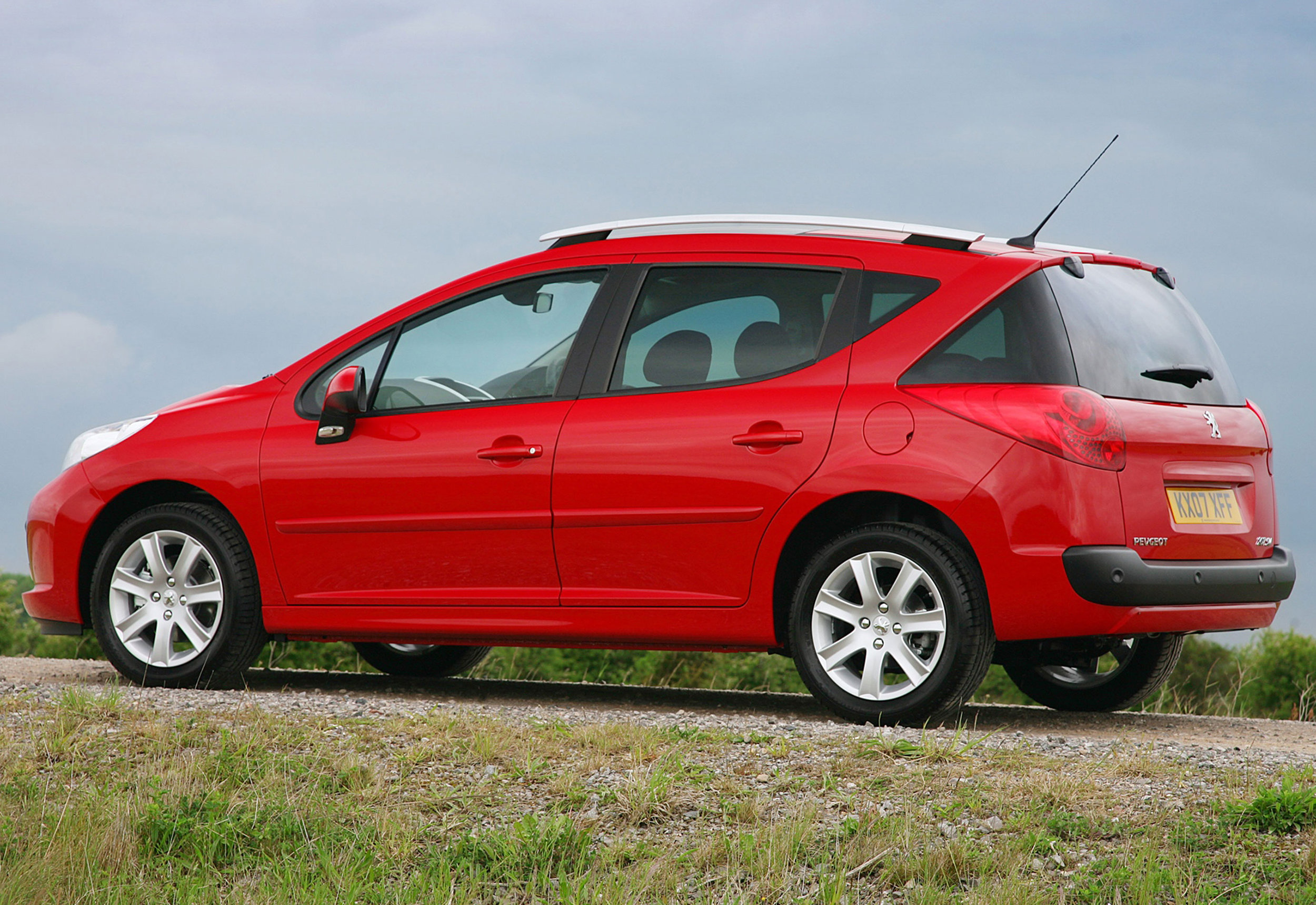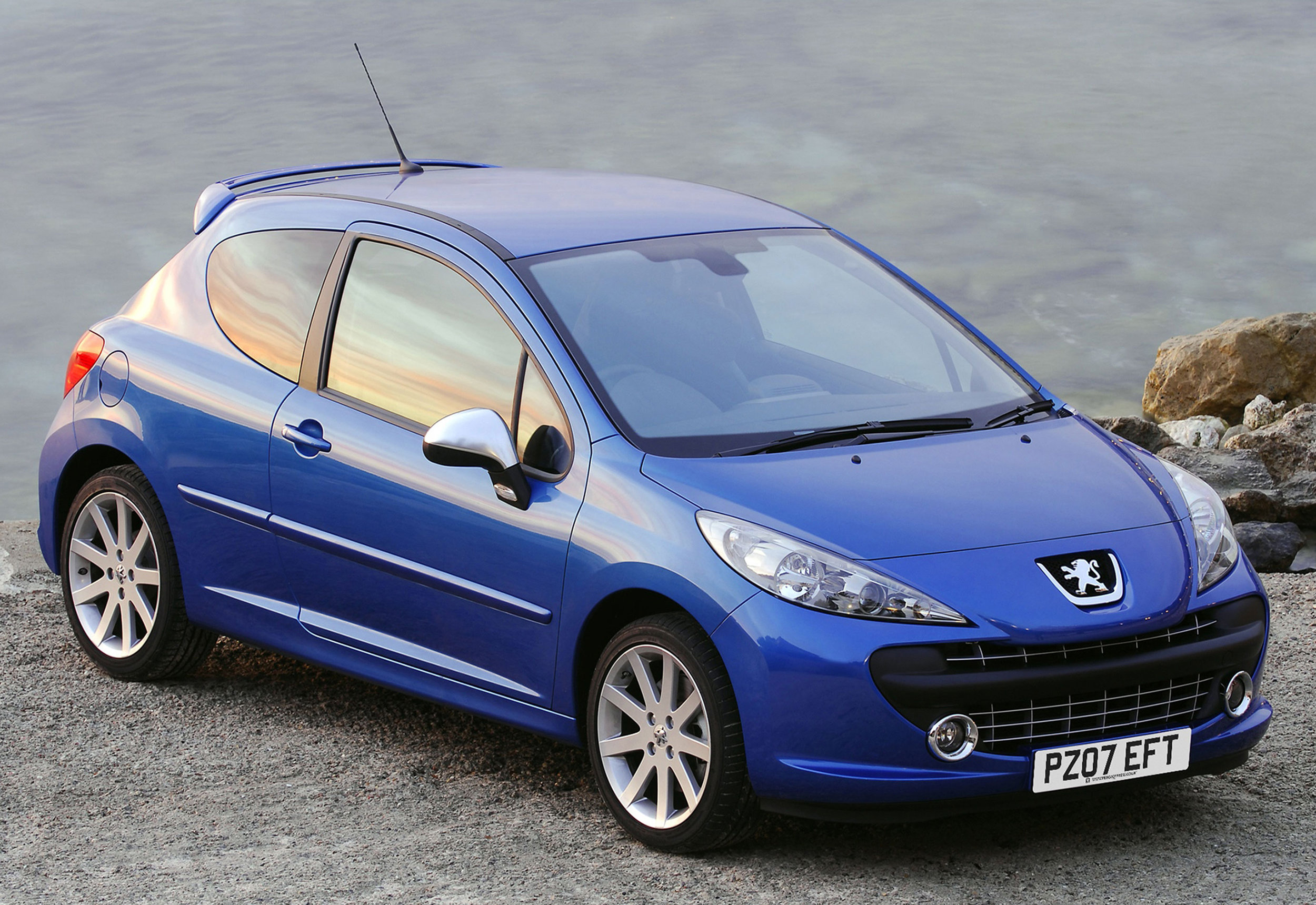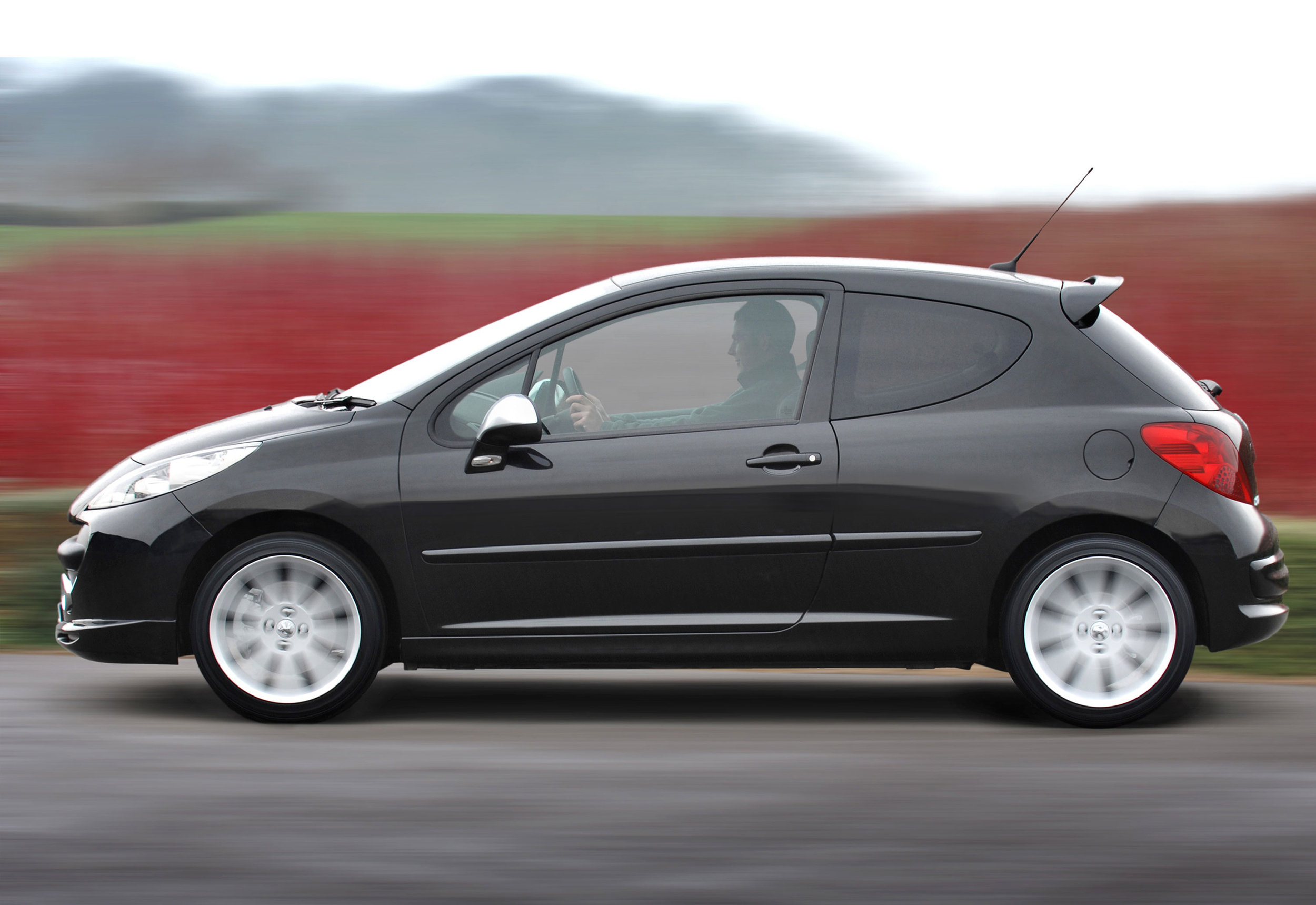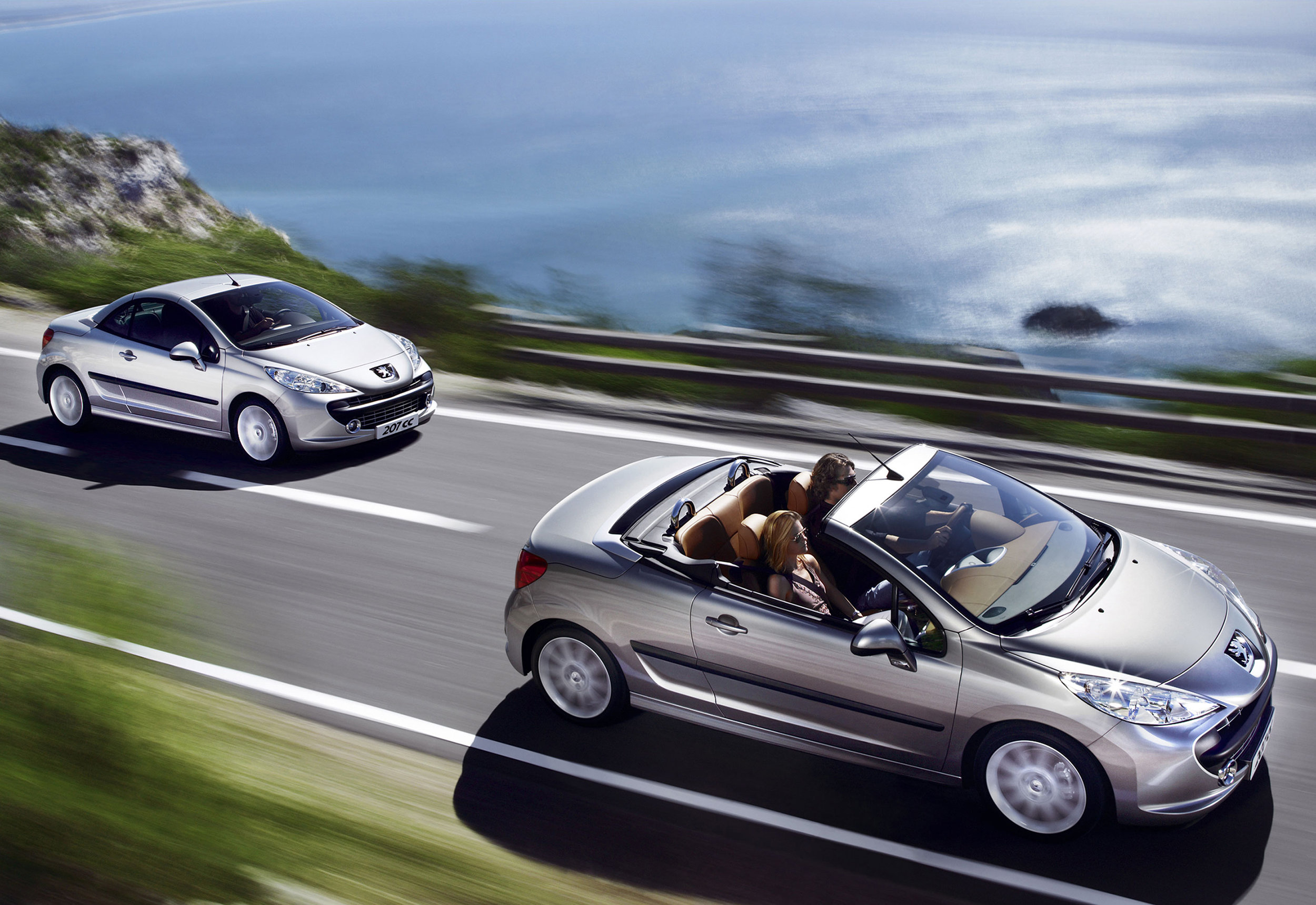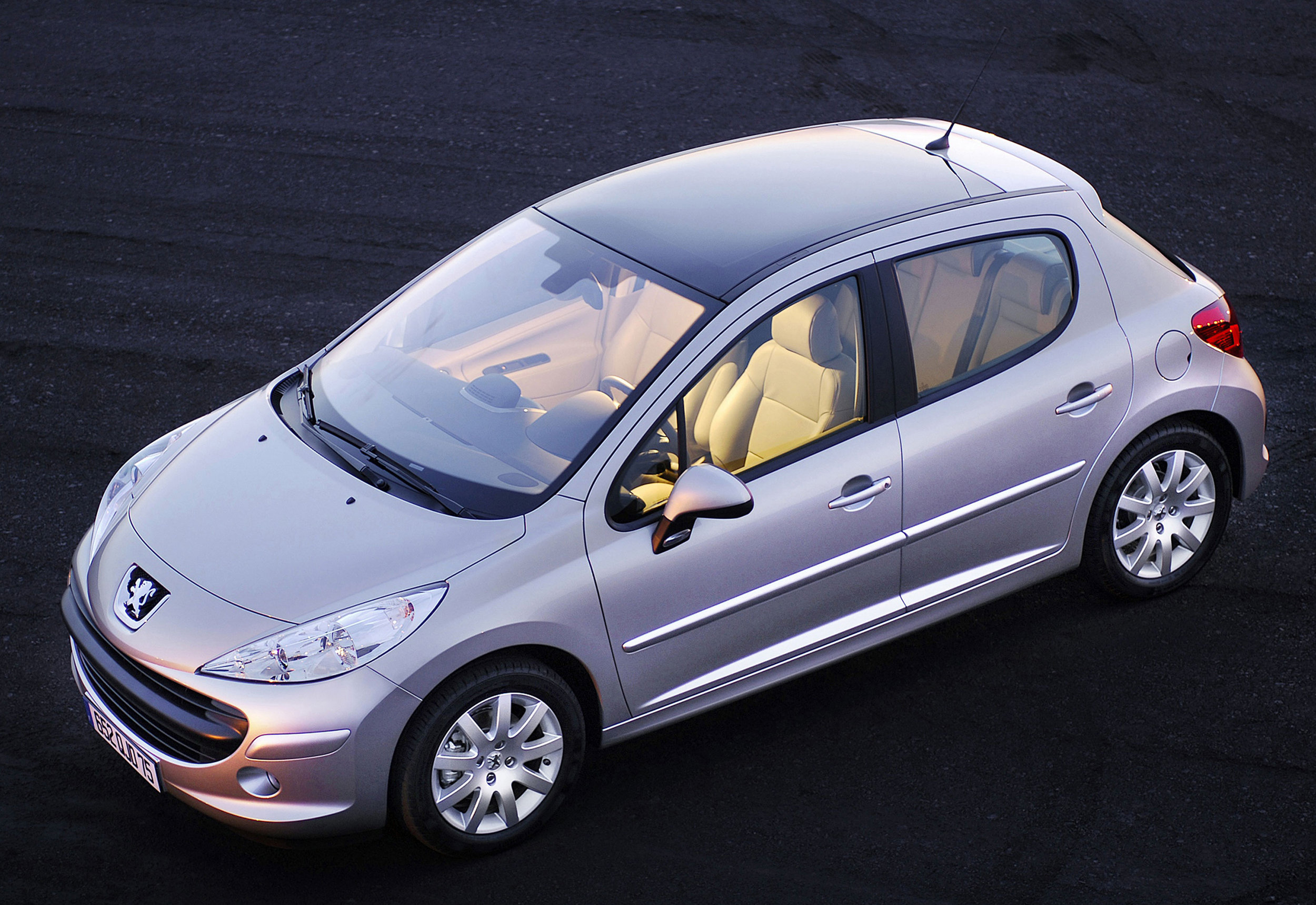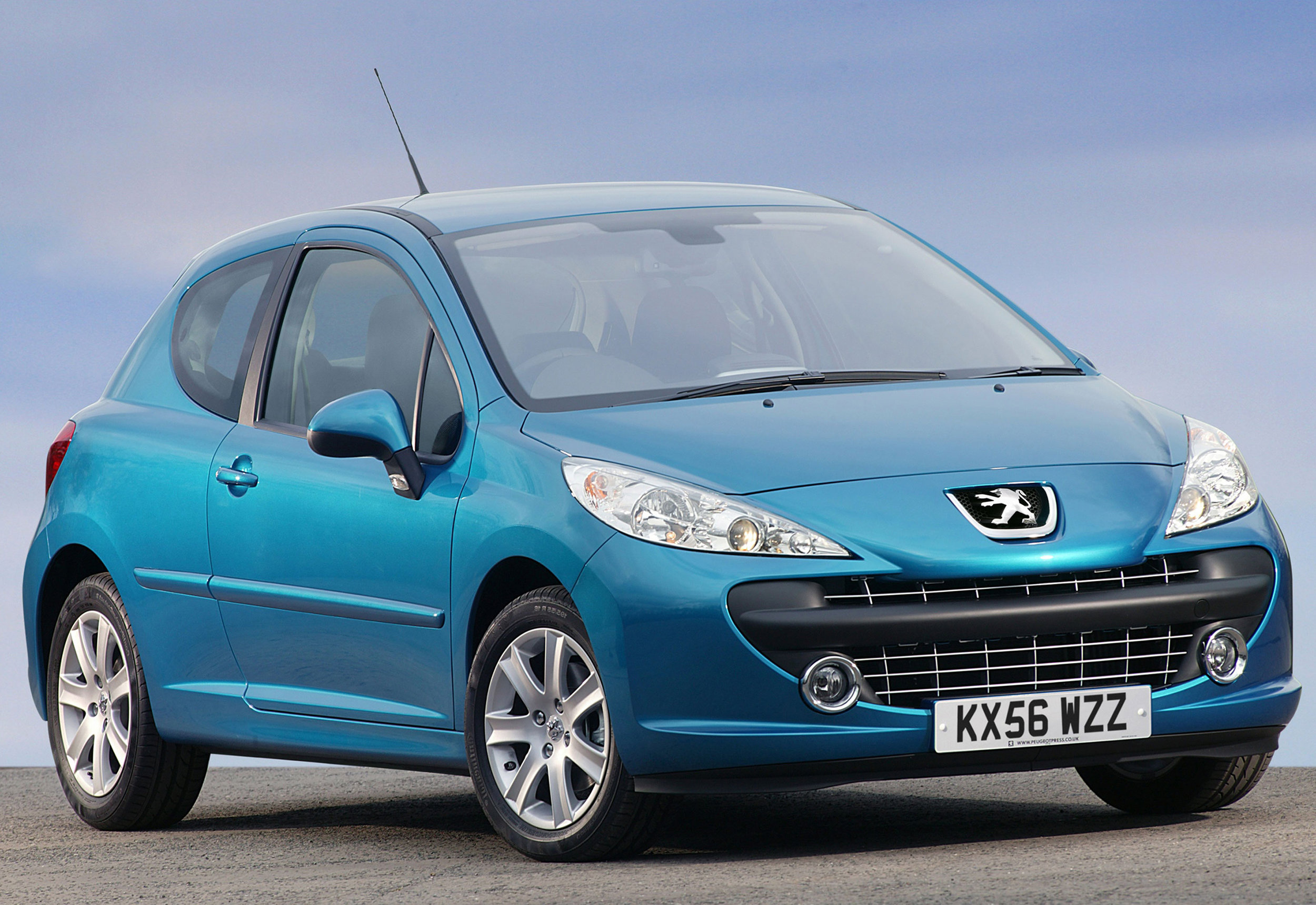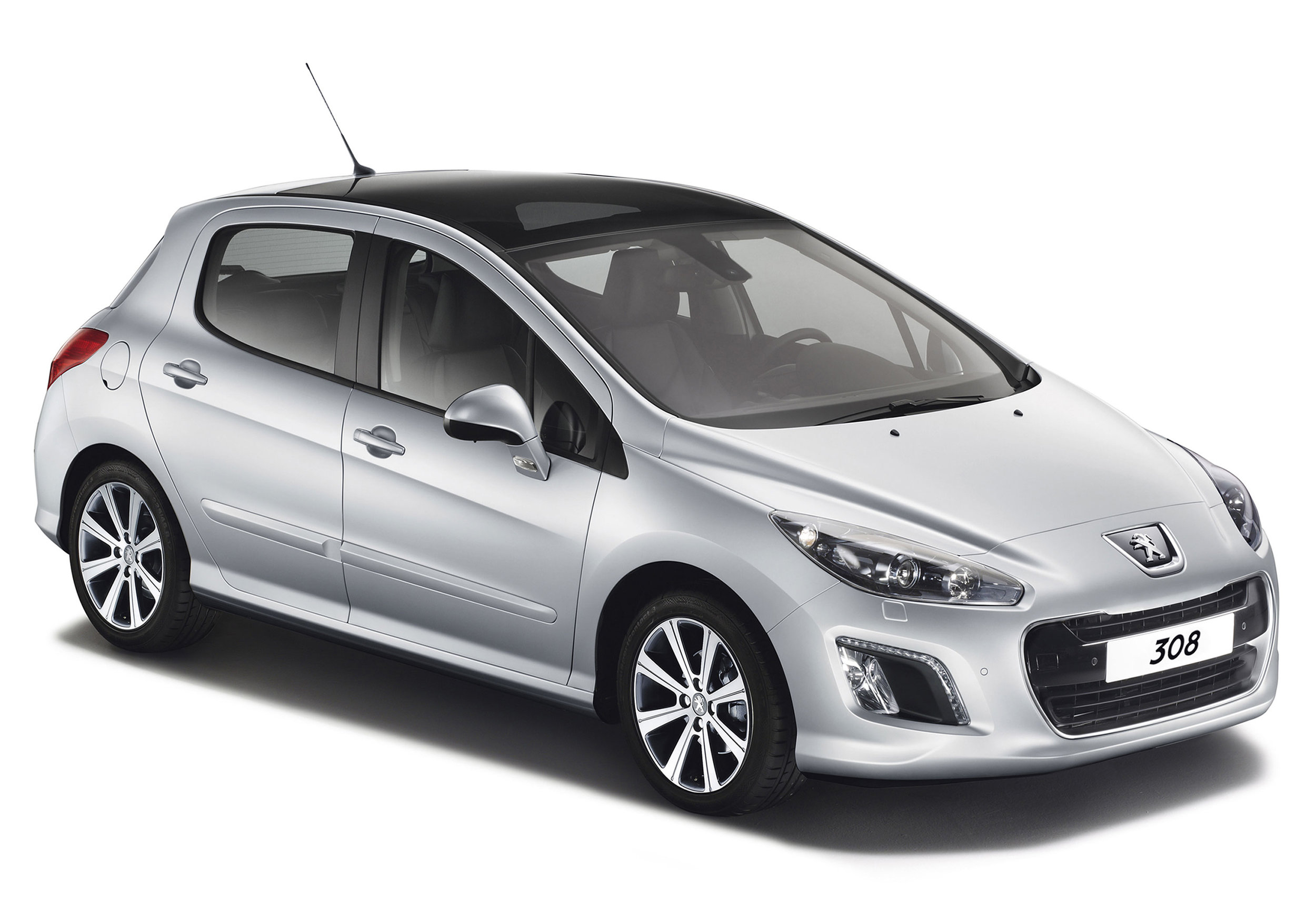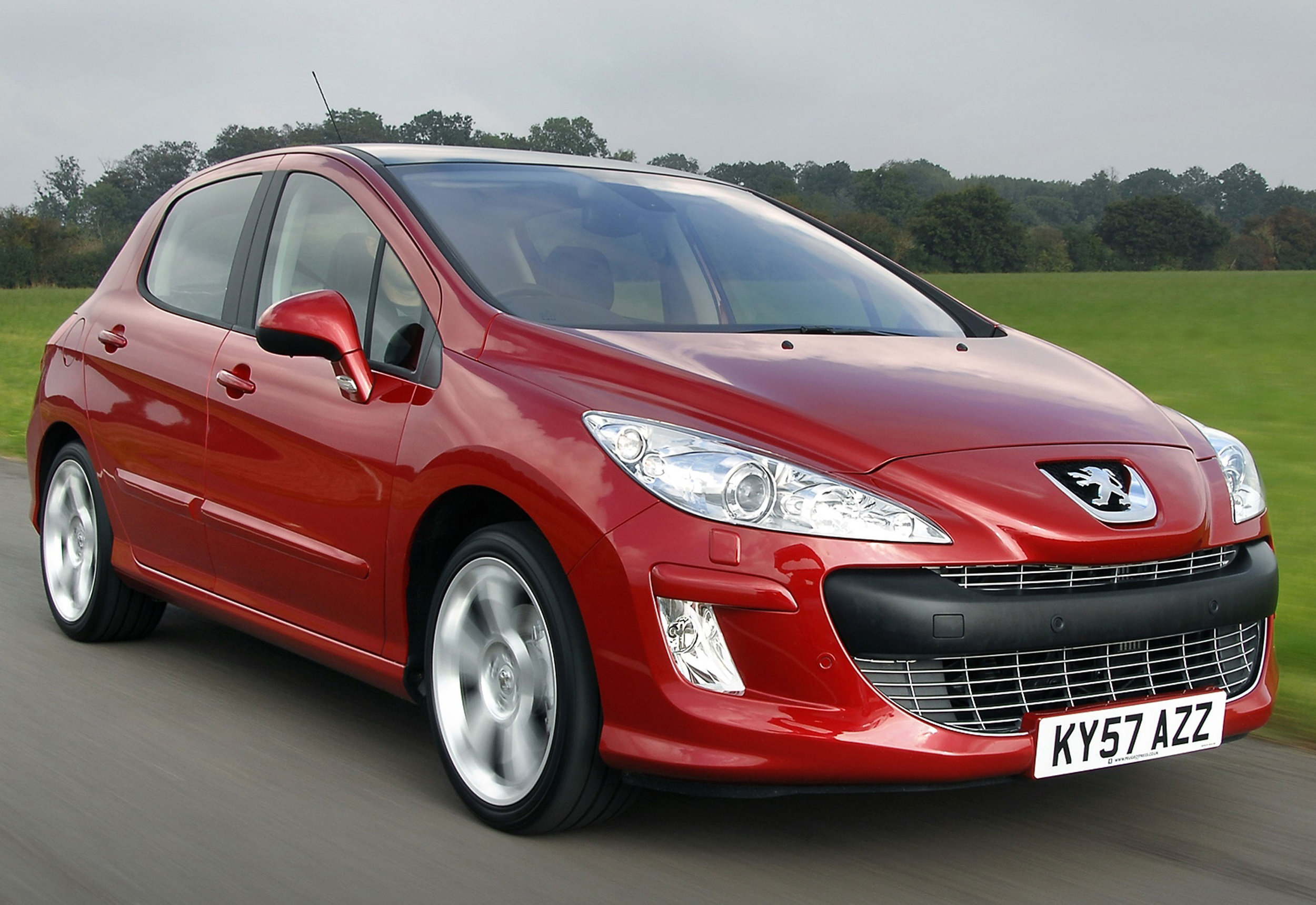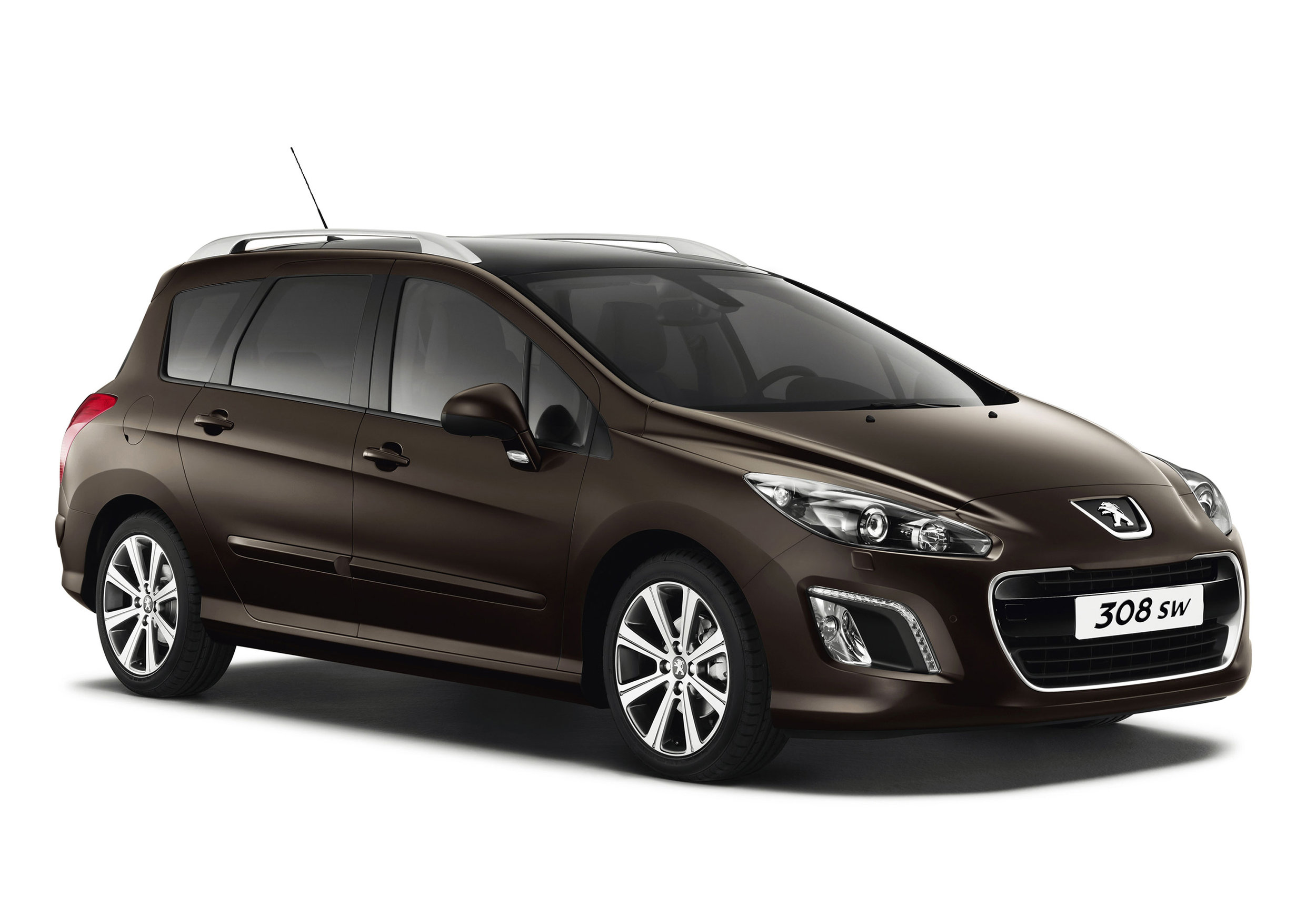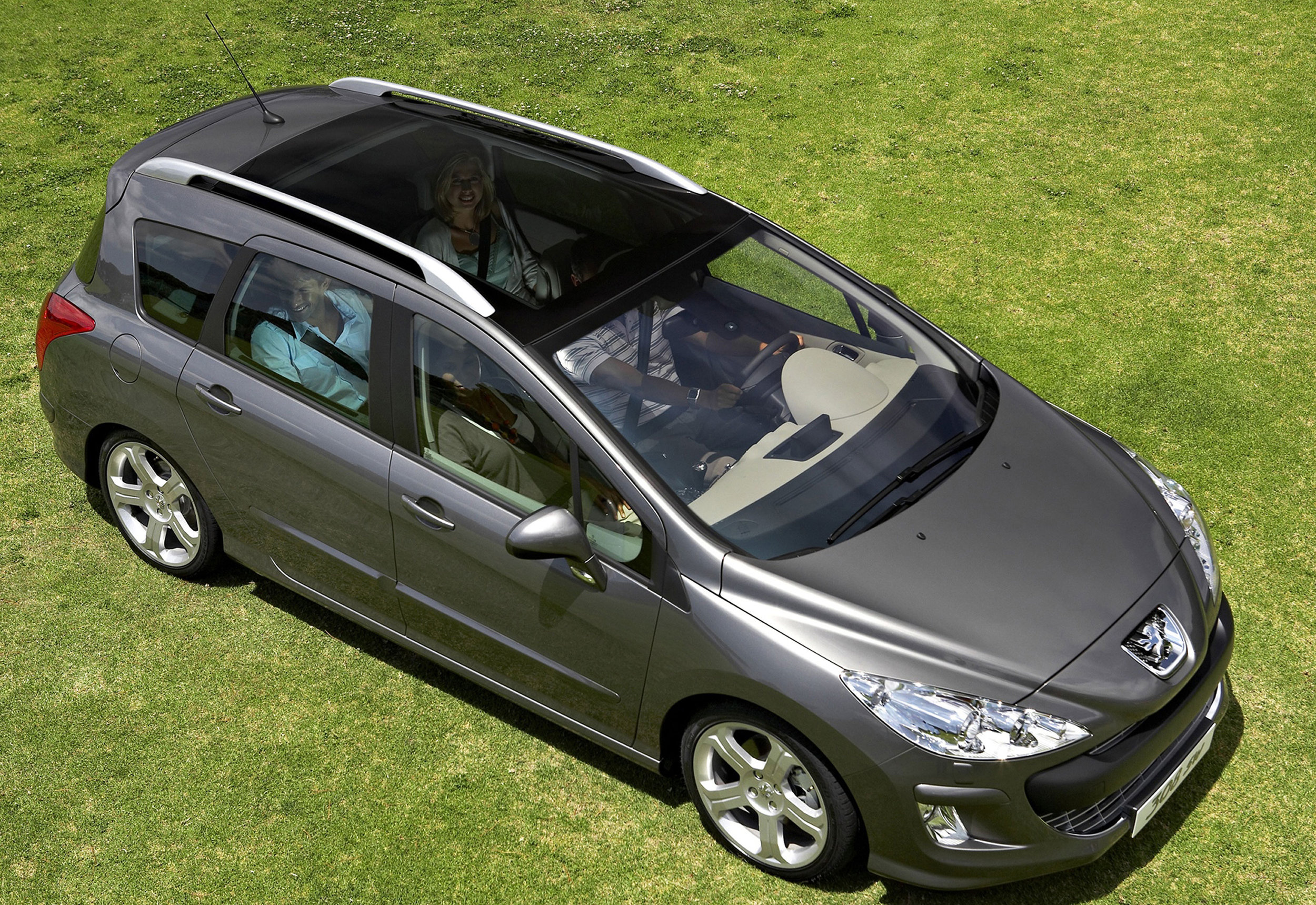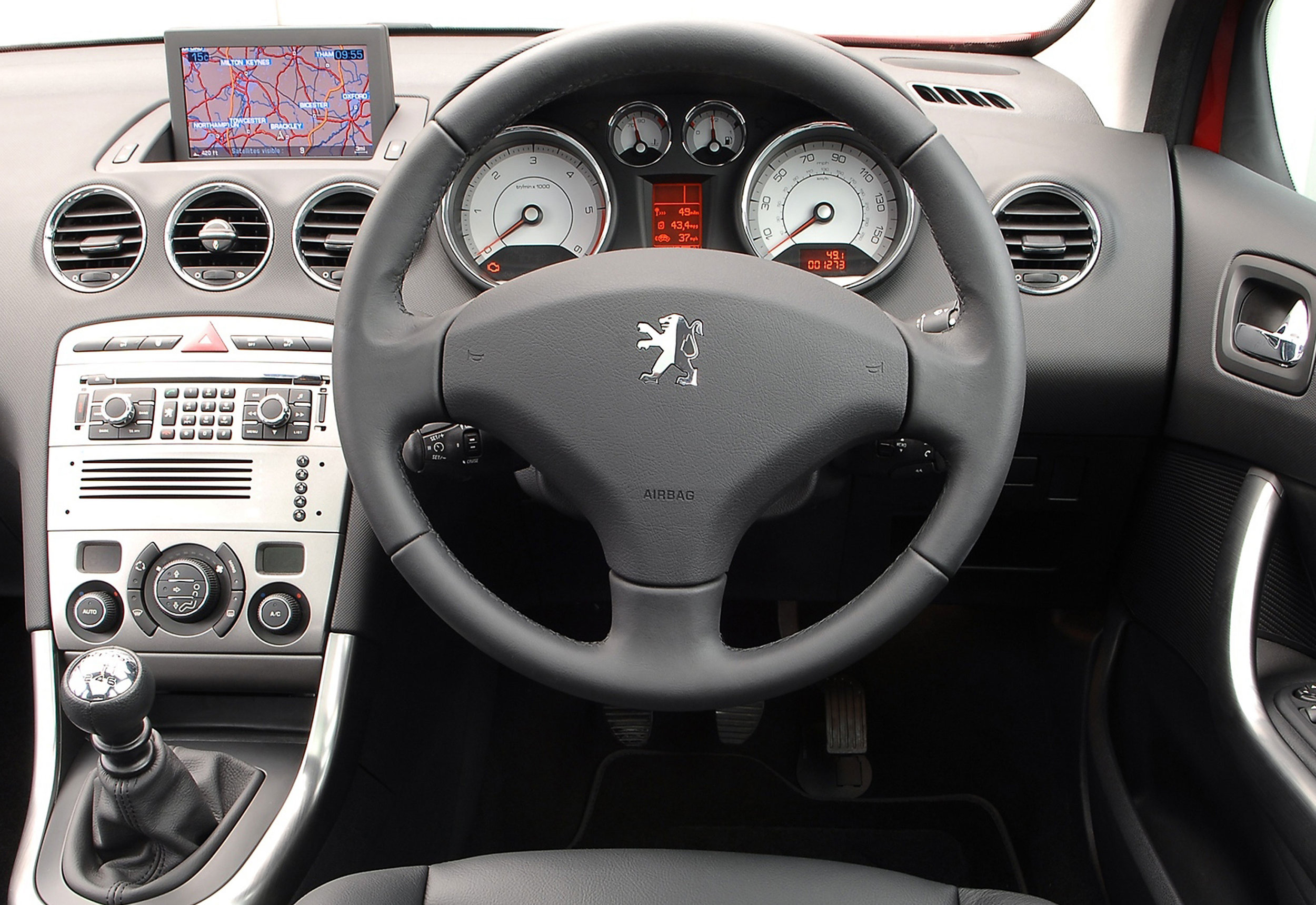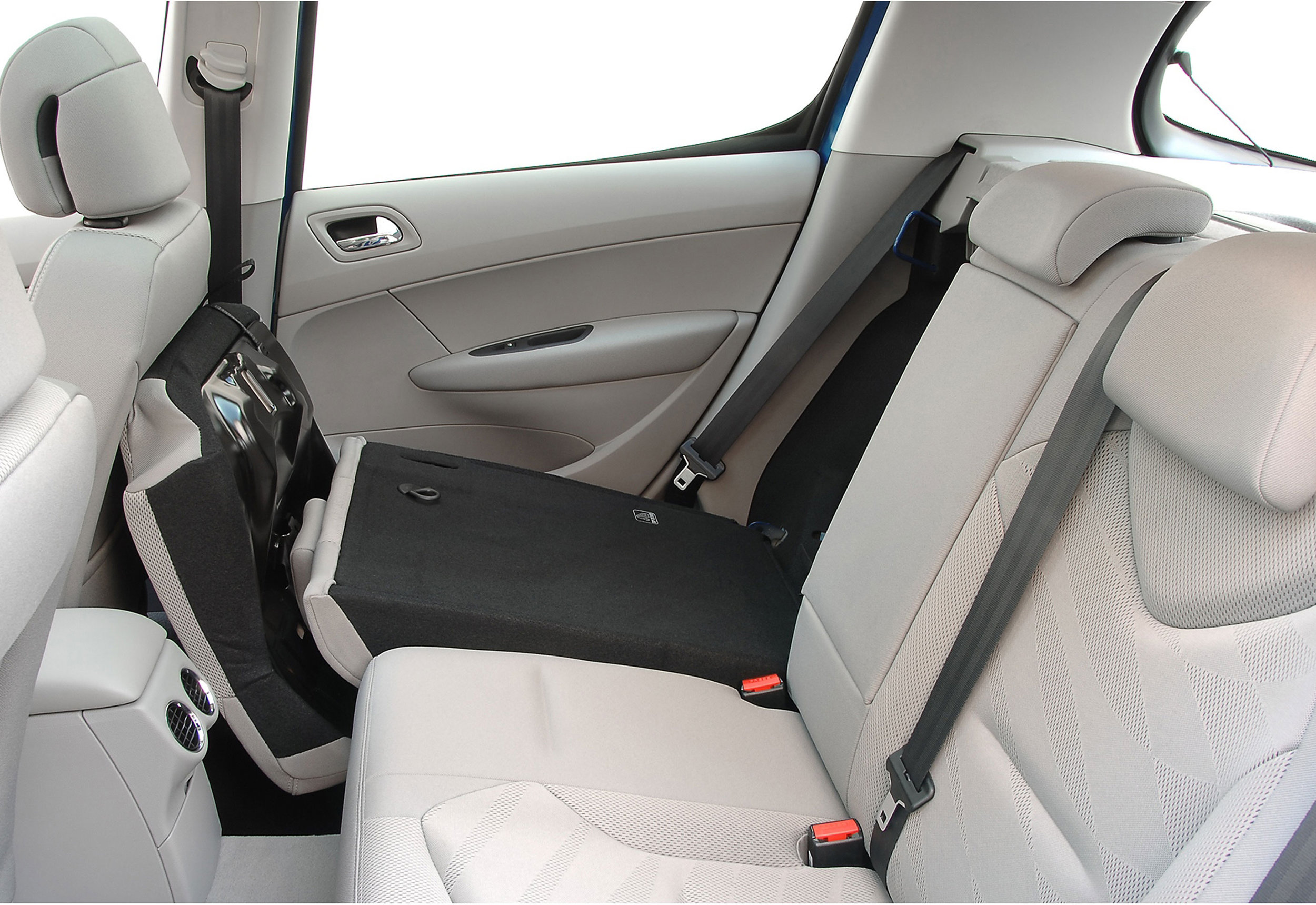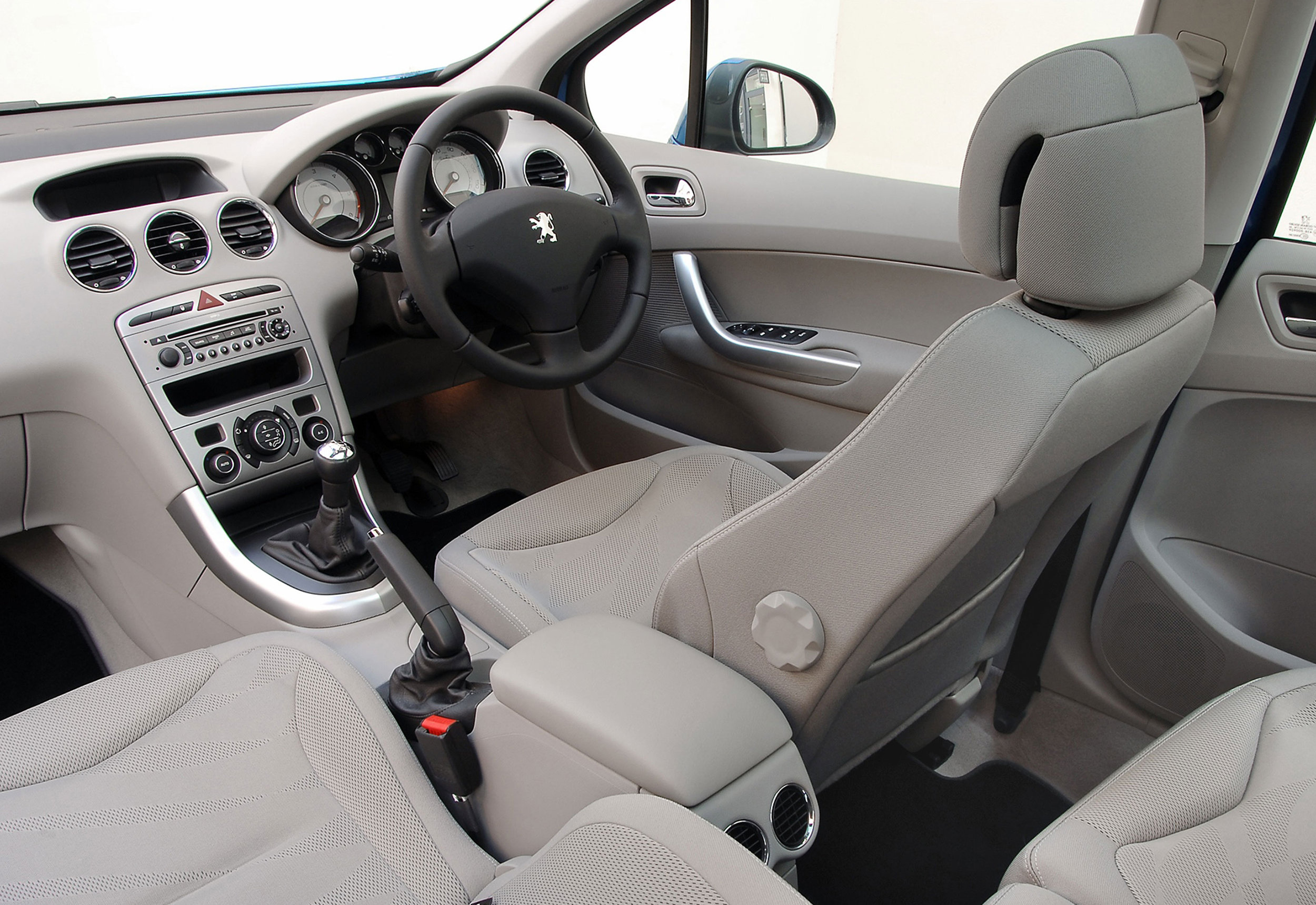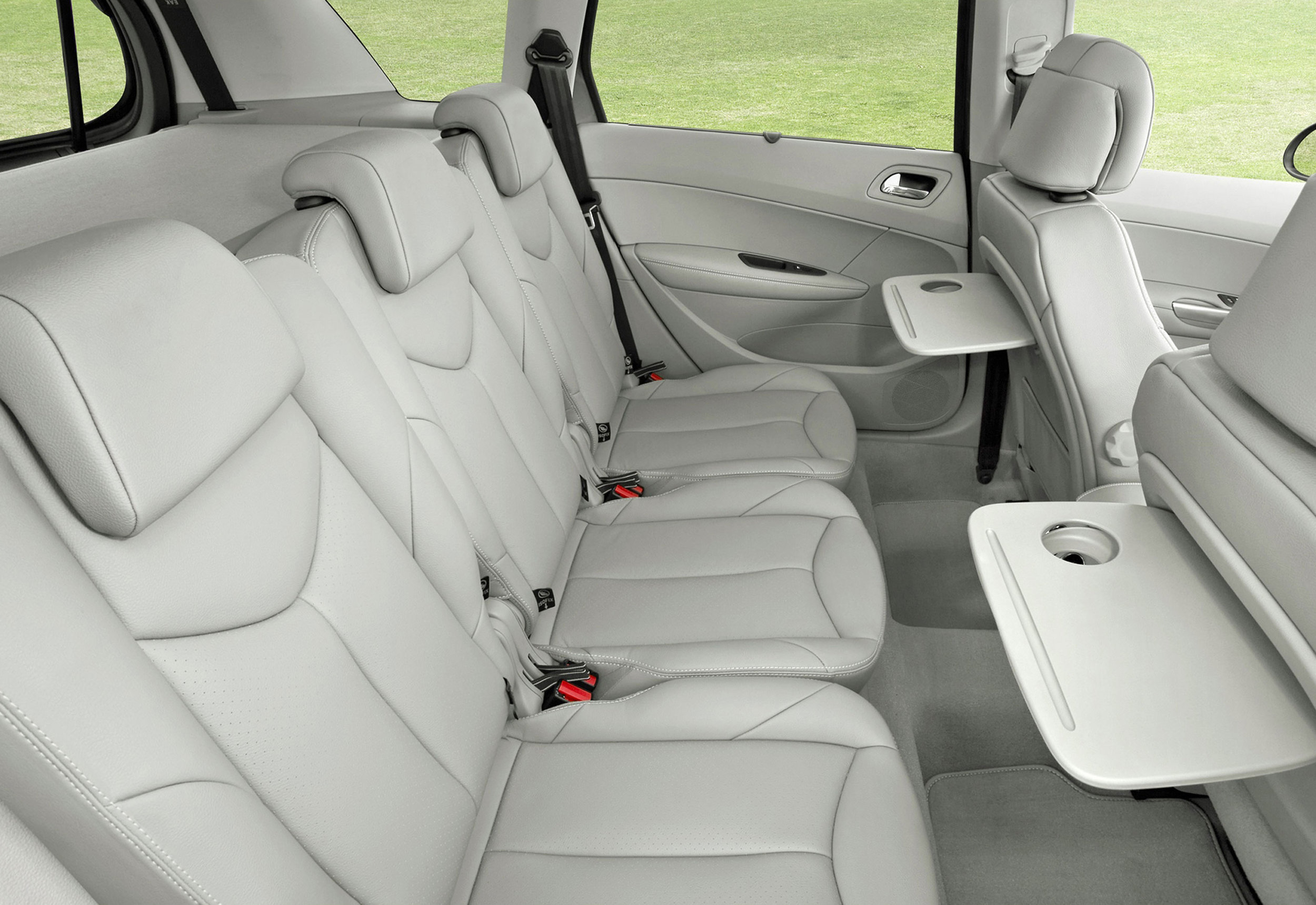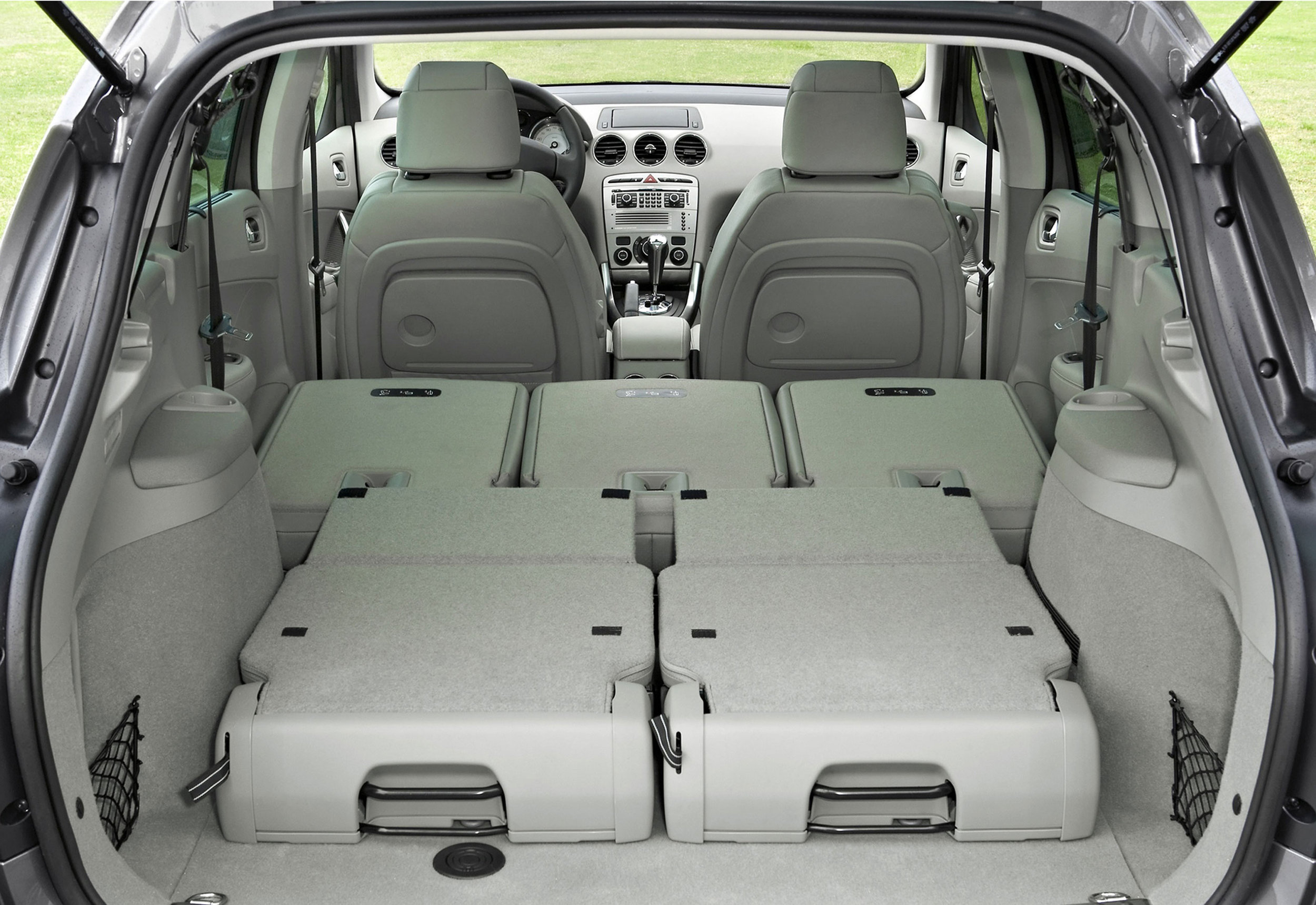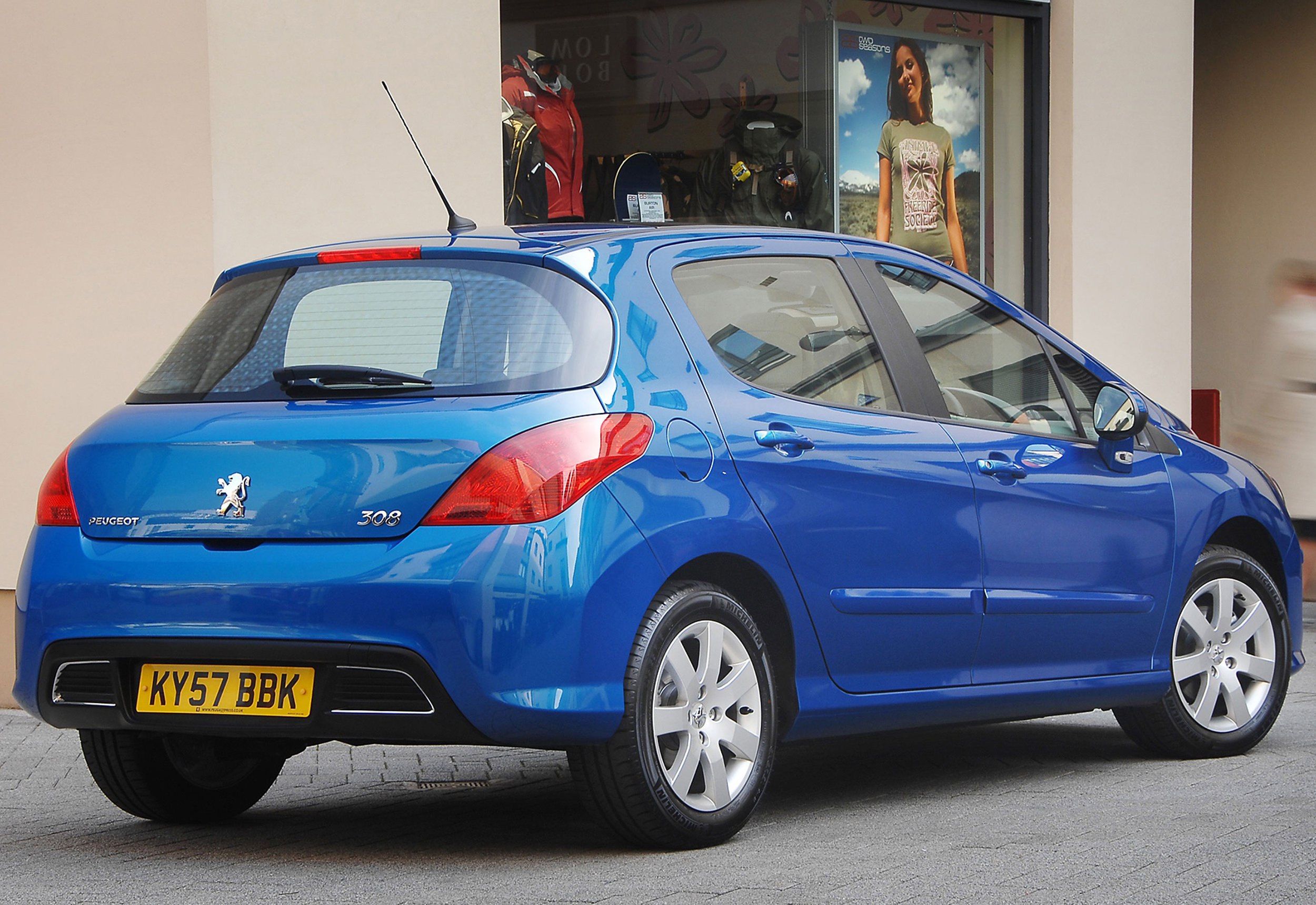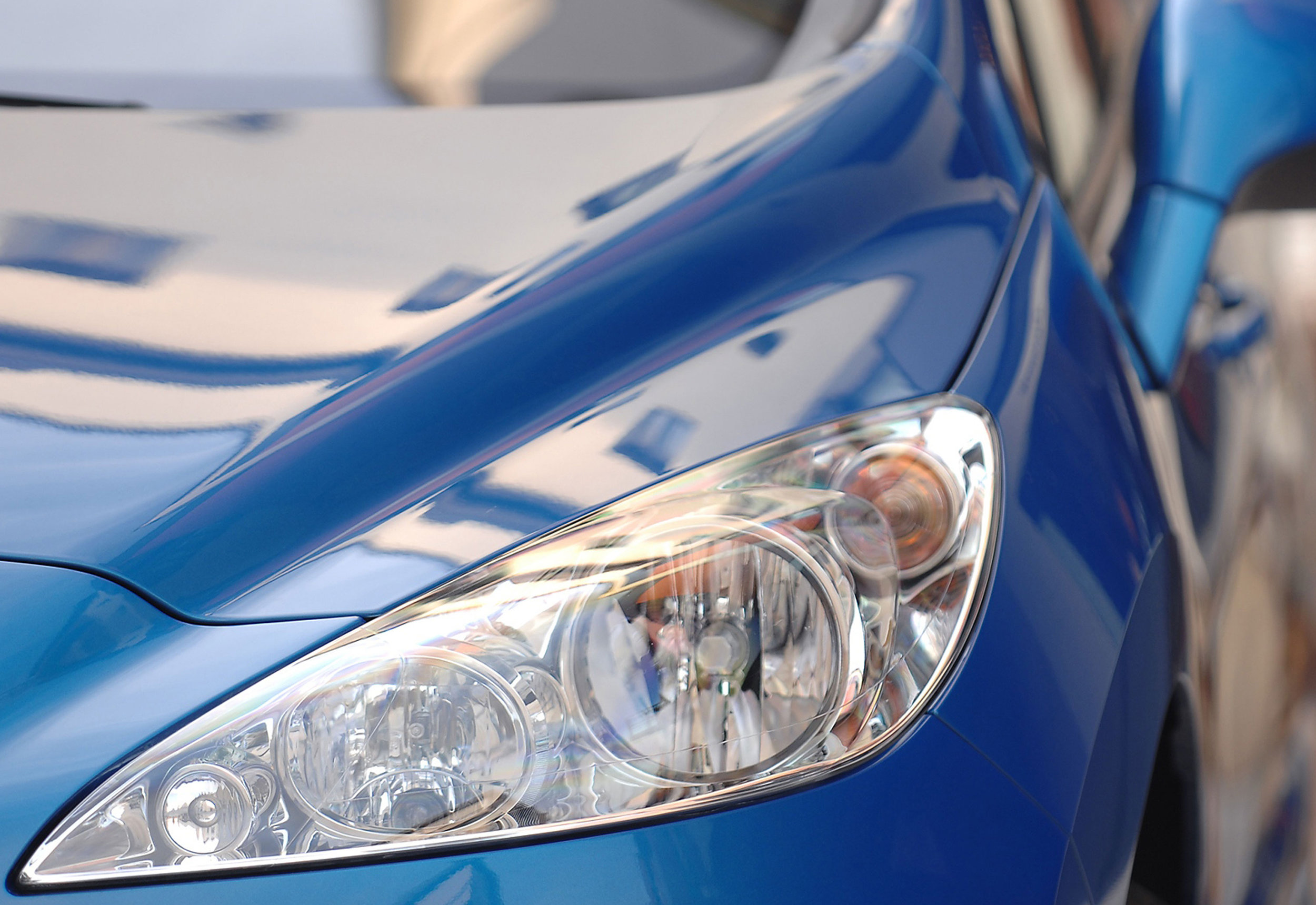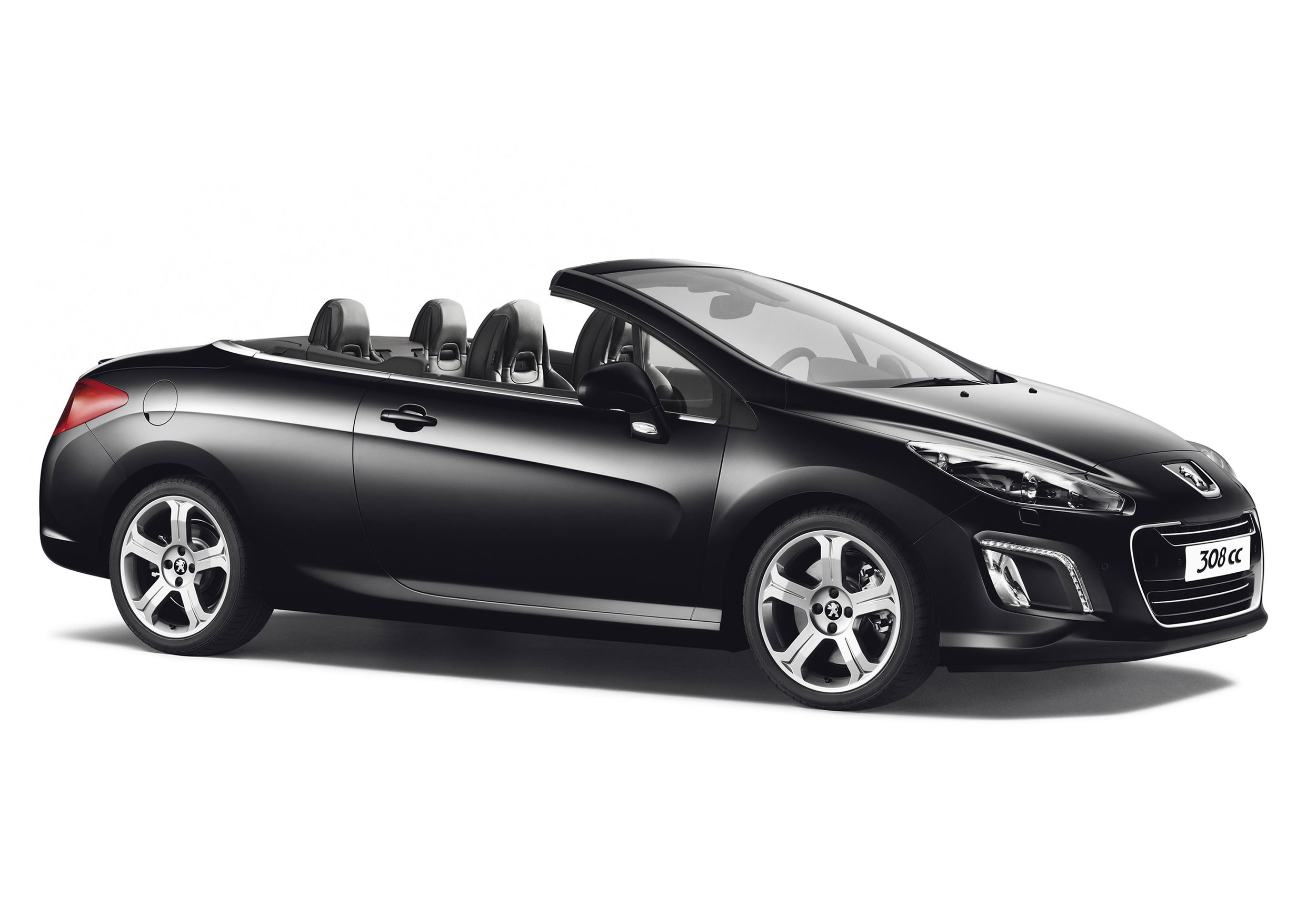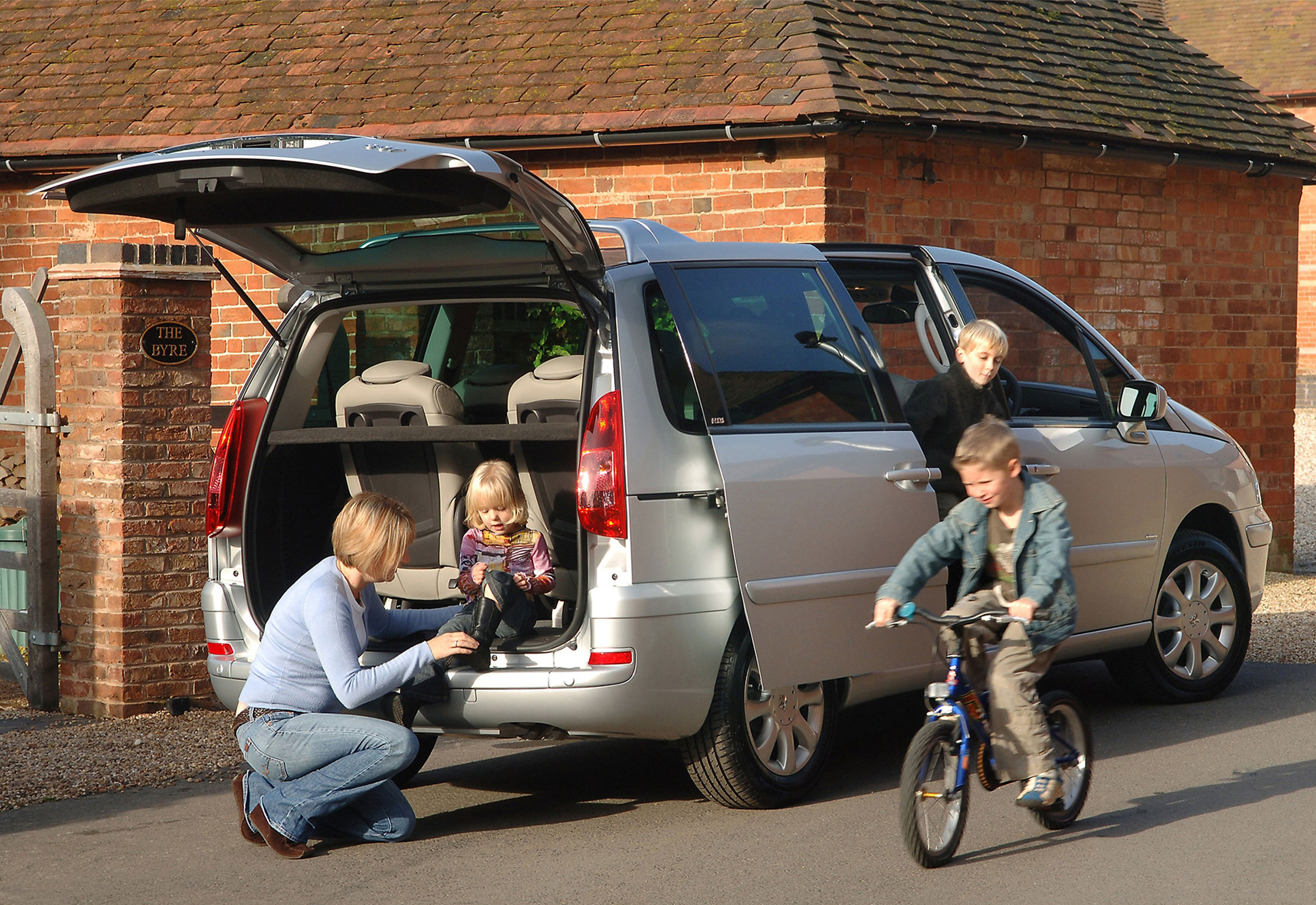

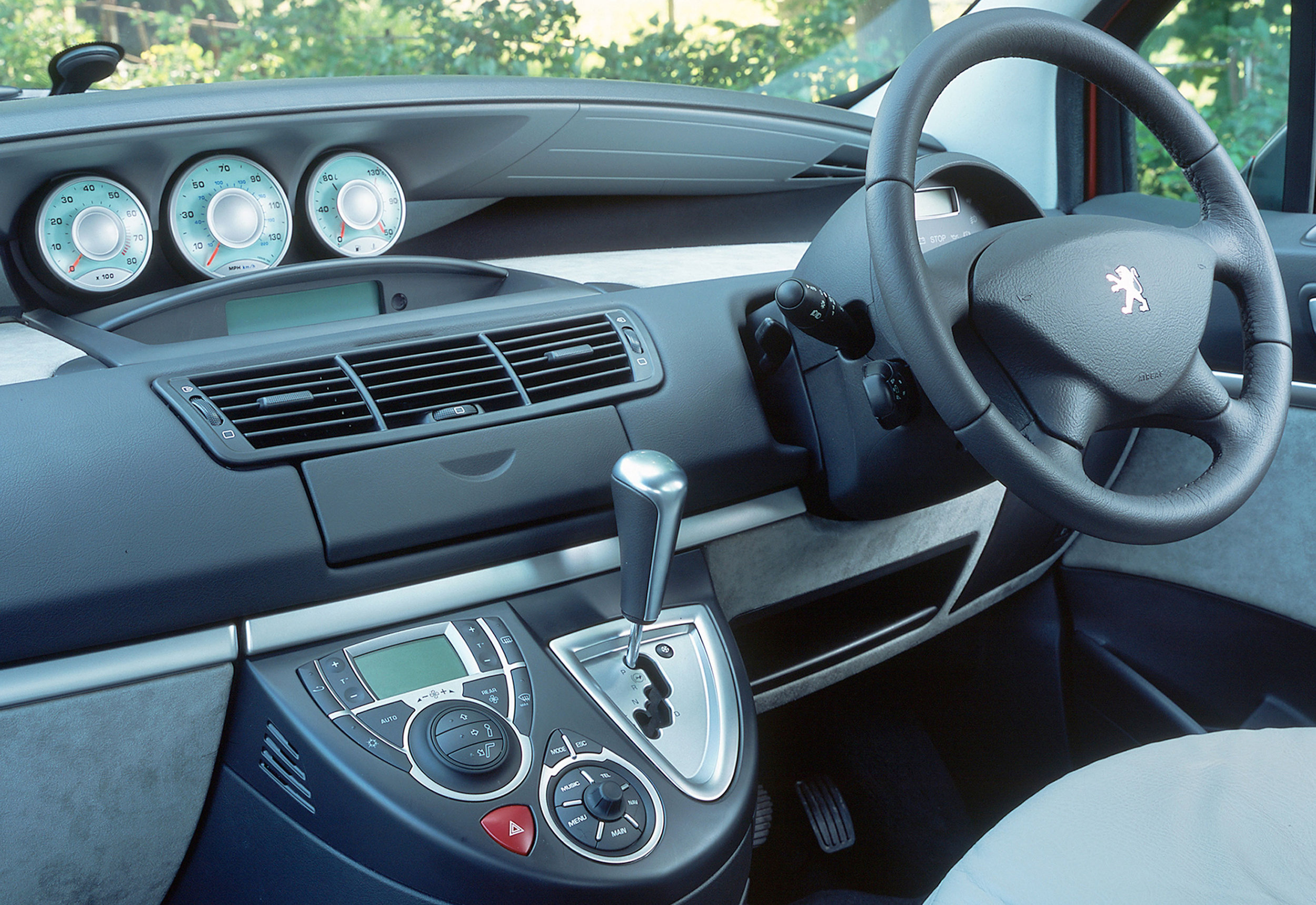

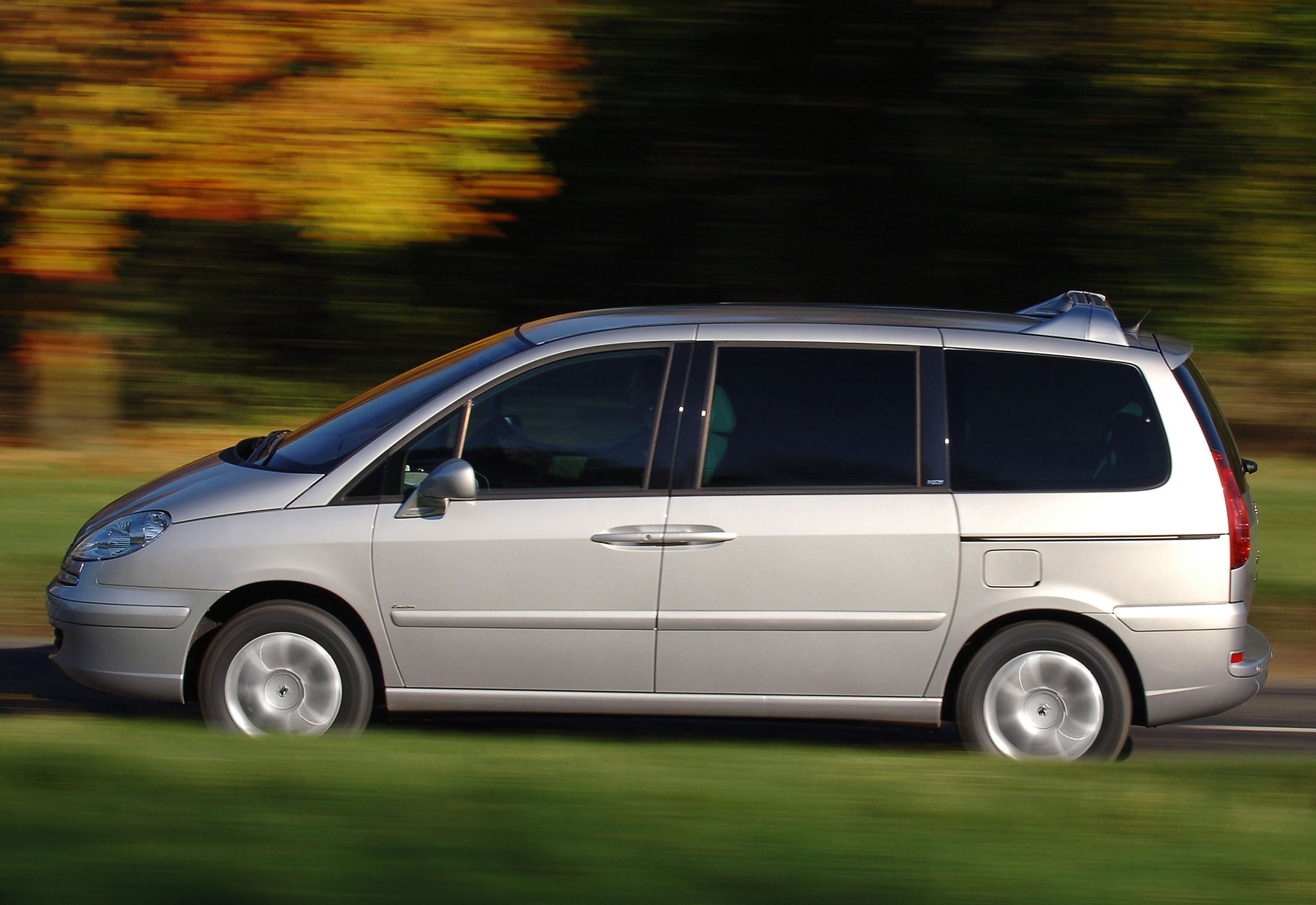
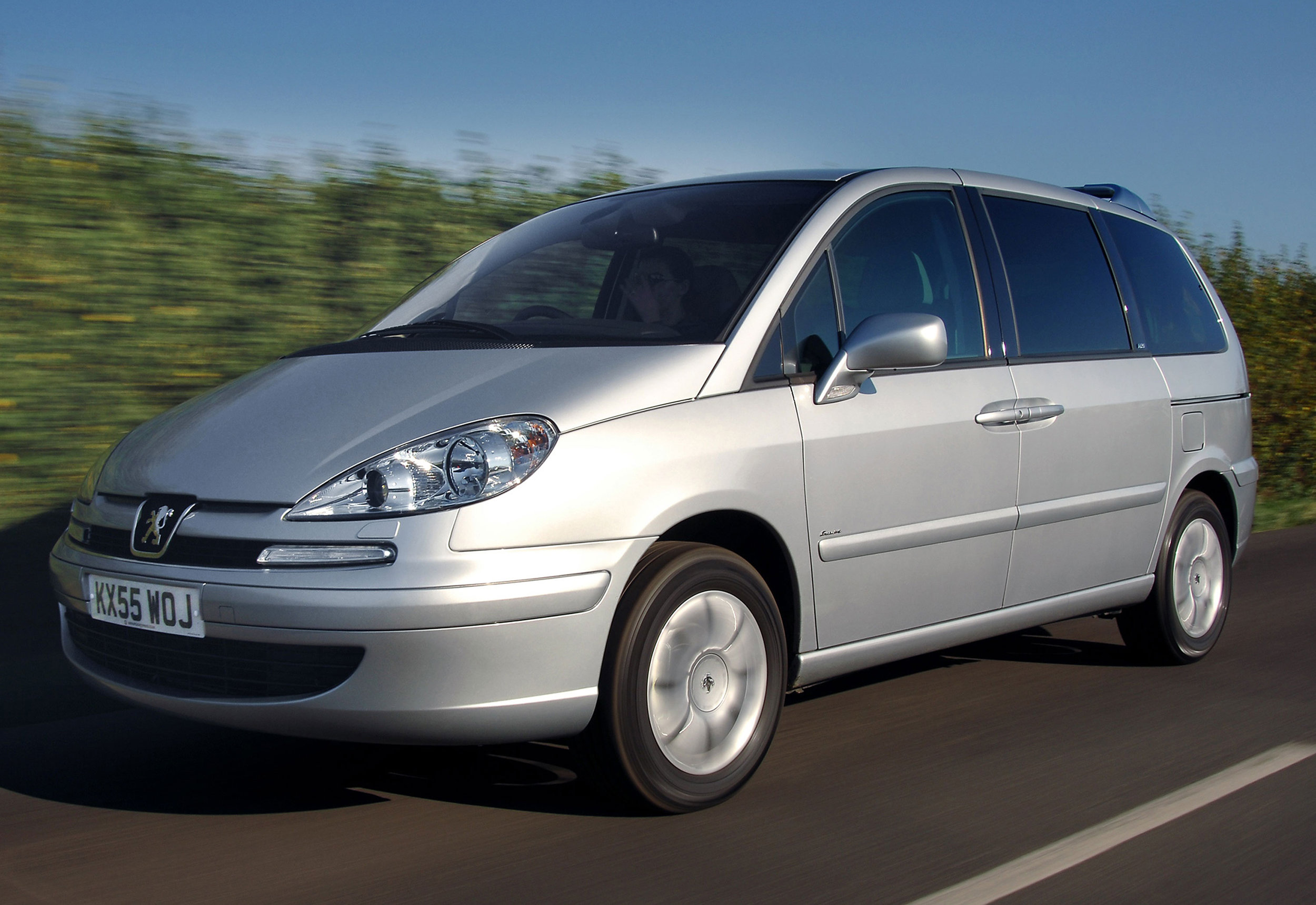

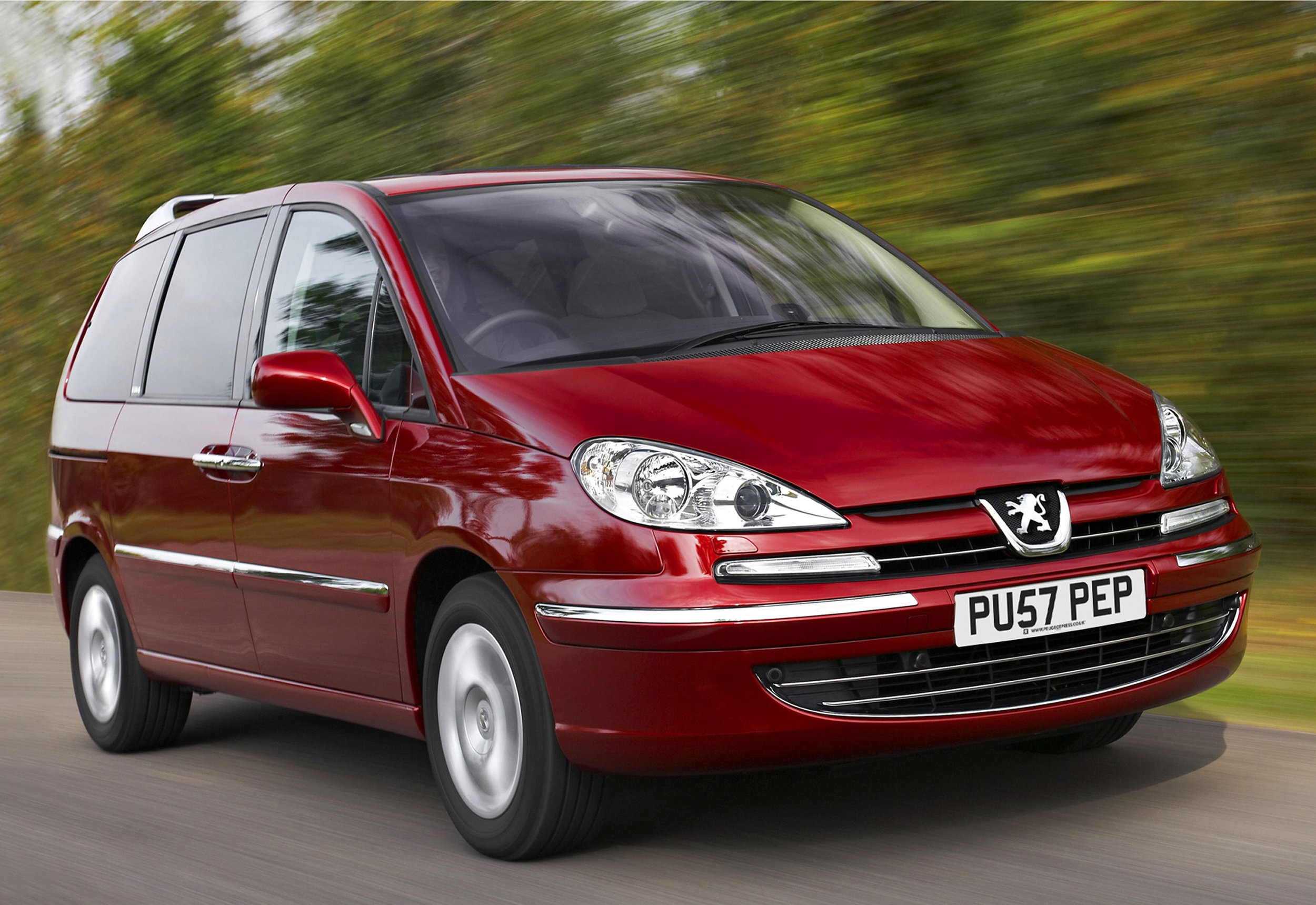

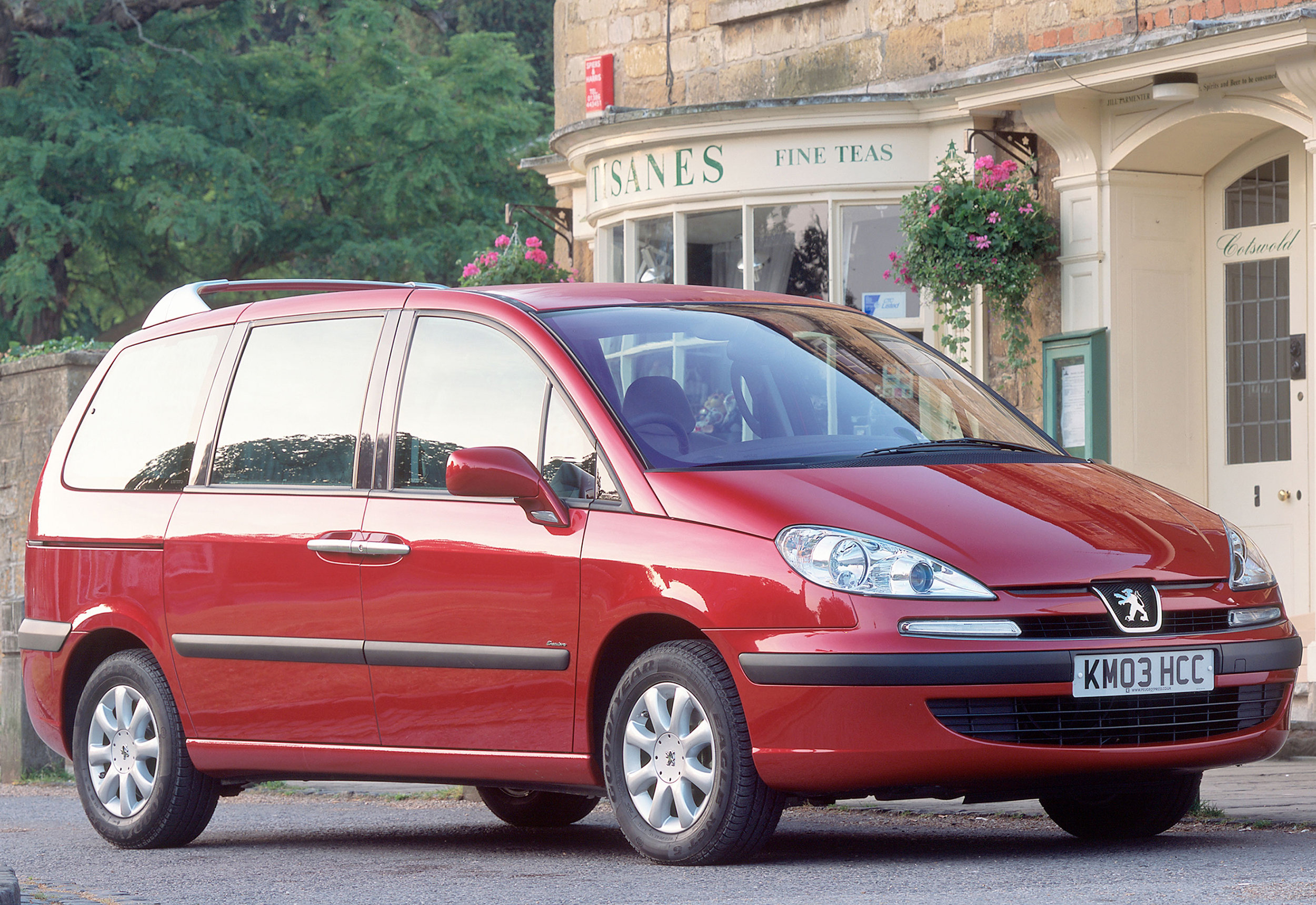
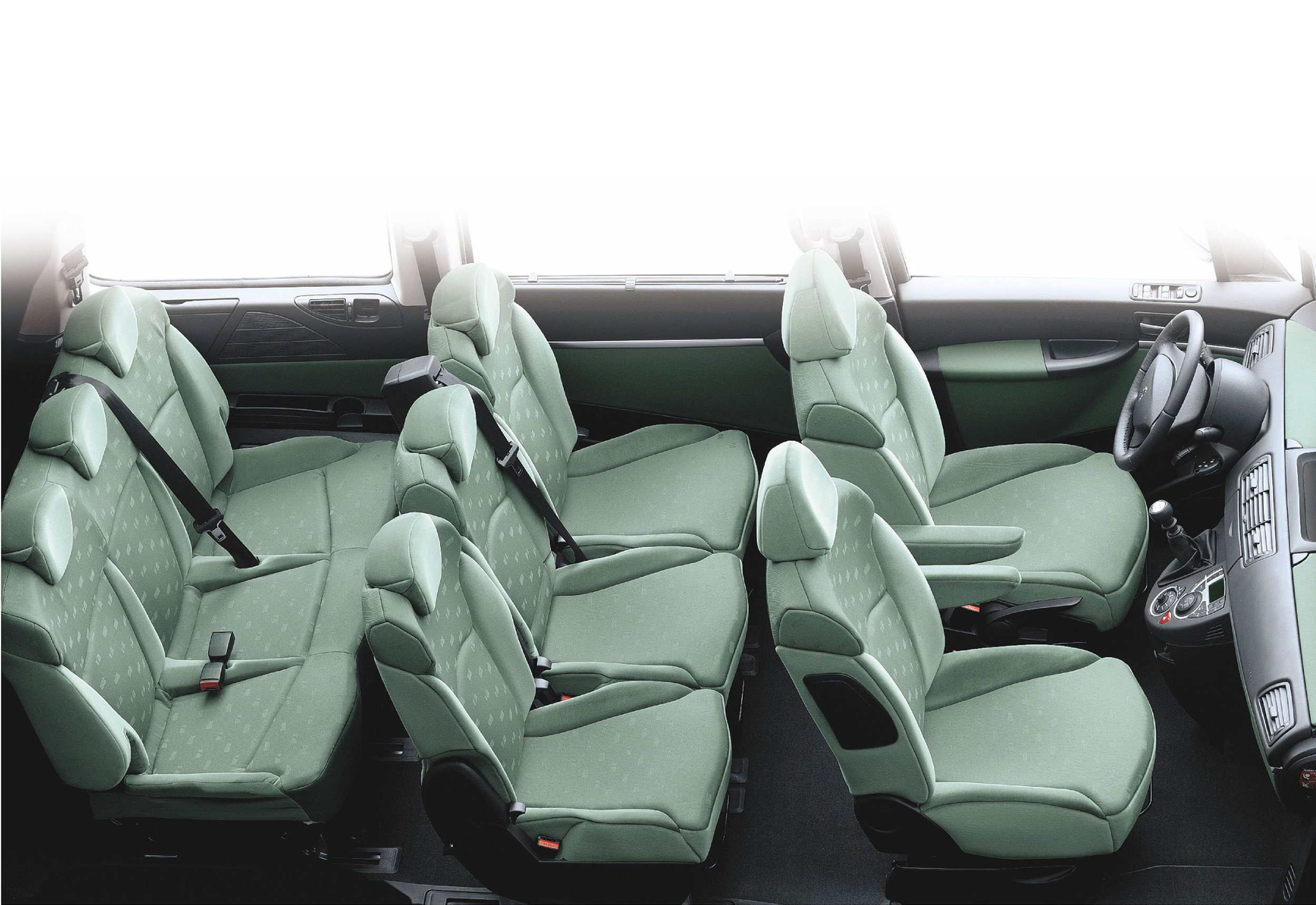
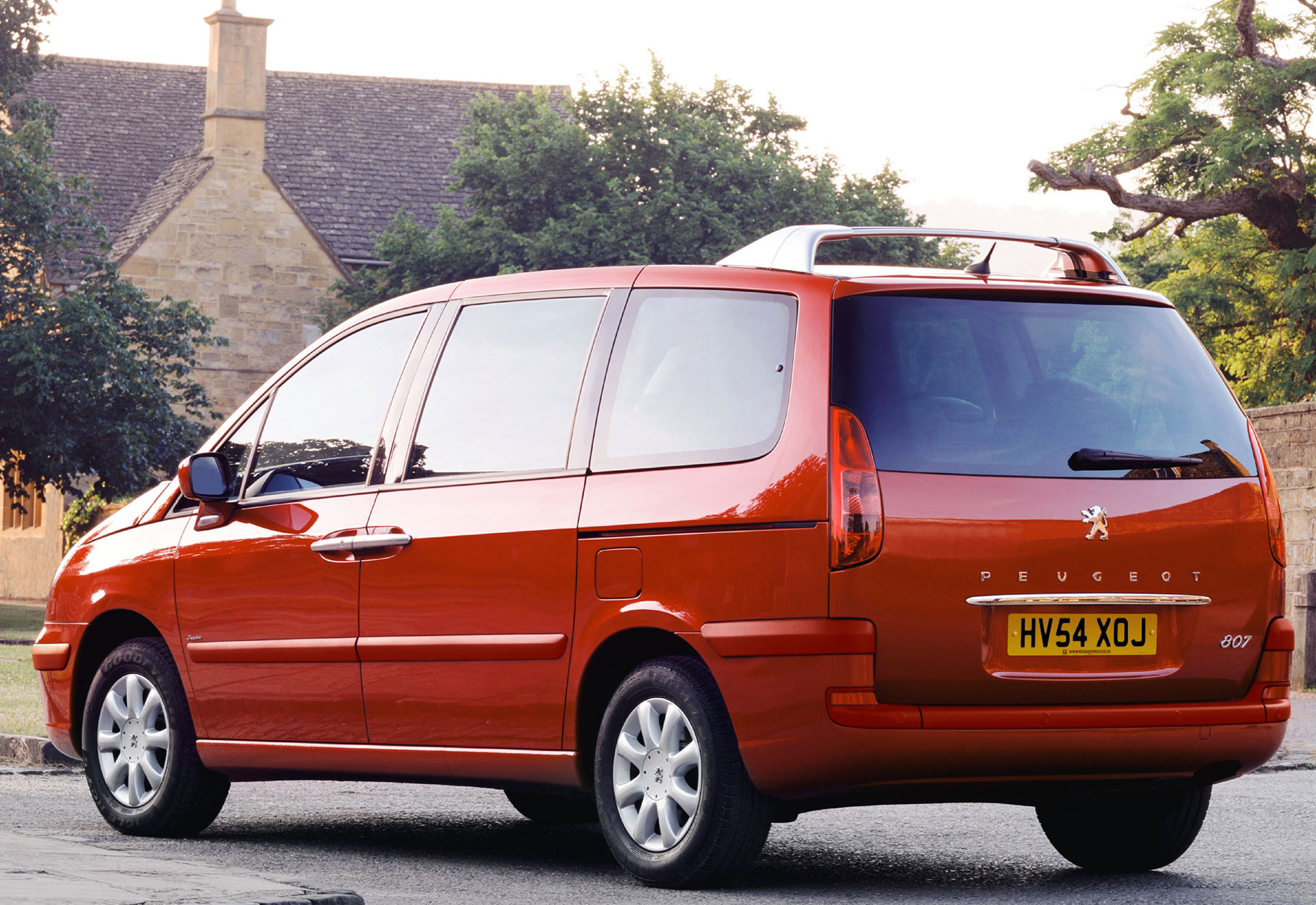
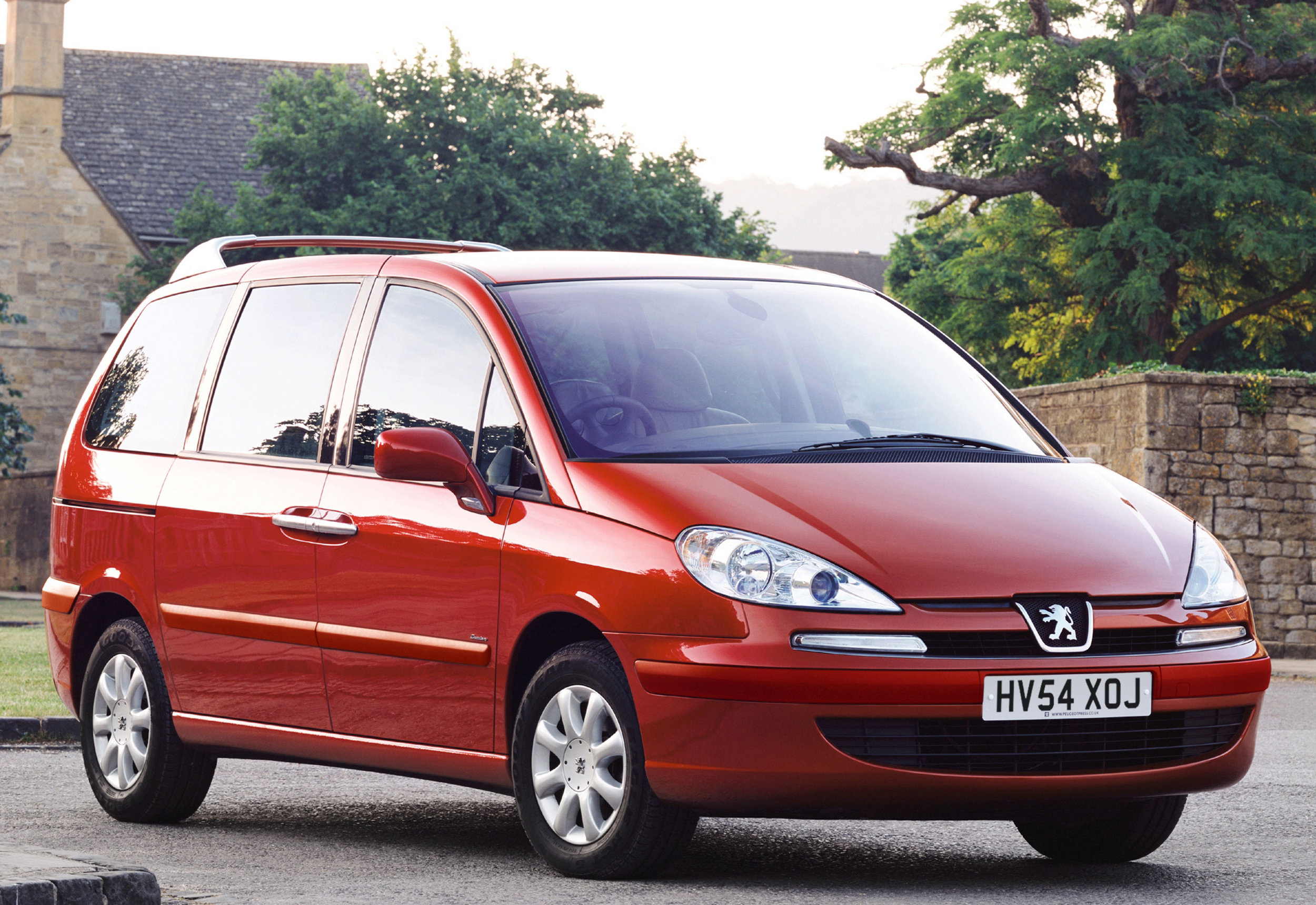
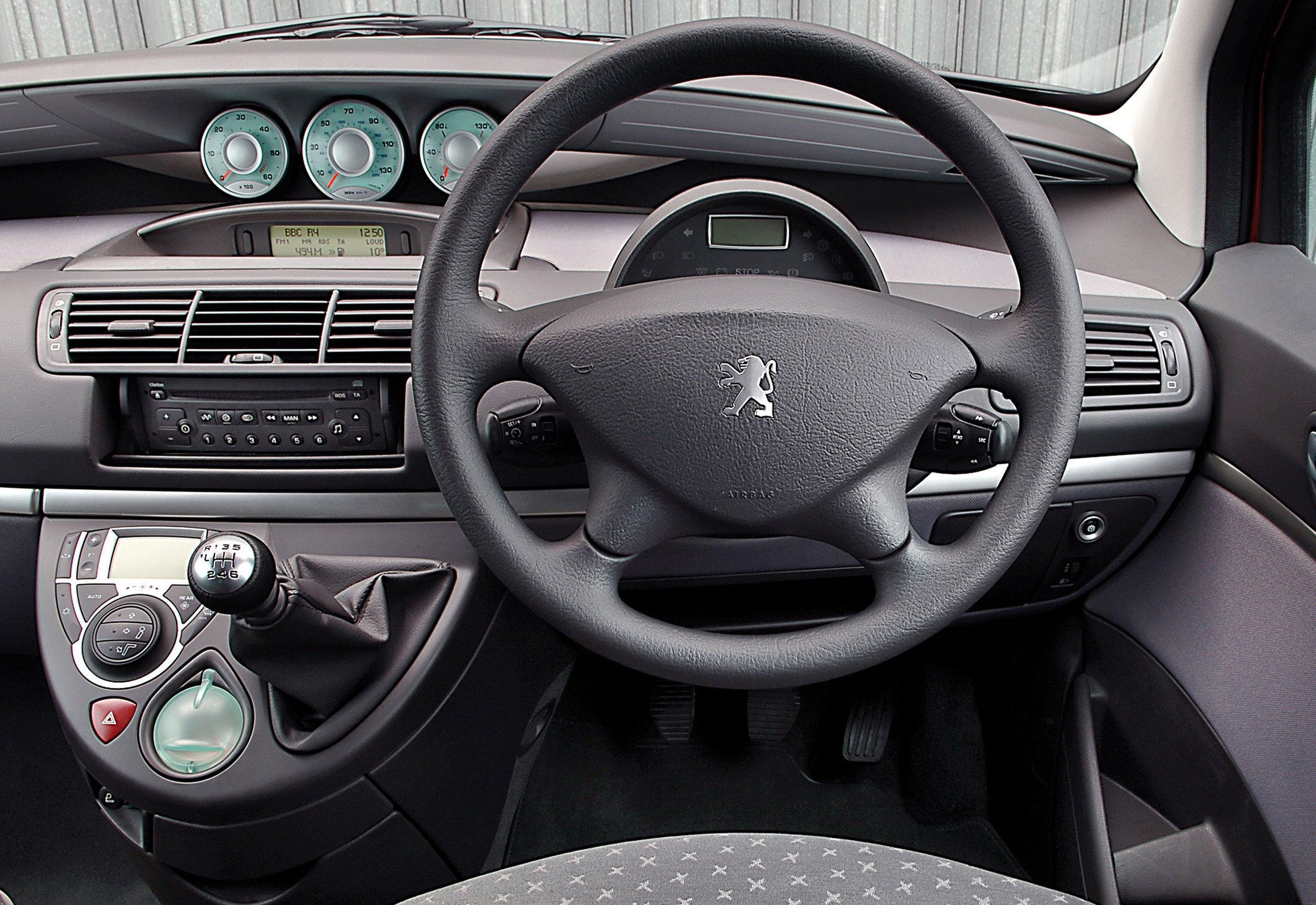
There was a time when MPVs were the future, then the crossover arrived and suddenly the MPV fell out of favour. Which is a shame because people carriers like the Peugeot 807 tend to be more spacious, comfortable and versatile than any SUV that’s remotely affordable. As the first MPV to score a full five stars in Euro NCAP crash tests, the Peugeot 807 is also a very safe car – at least when tested to 2003 standards. However, there’s a fly in the ointment, and that’s the 807’s reliability record, which isn’t great. So before buying, make sure that cheap MPV doesn’t become very expensive once it’s yours.
Key dates
1/03: The 807 goes on sale with 2.0 or 2.2-litre petrol or diesel engines.
7/03: The 2.0 HDi is now available with an automatic gearbox.
2/04: The 2.2 HDi is now available with a six-speed manual gearbox.
6/04: A facelift brings new model designations and a tidier exterior design.
11/05: A refresh means extra standard kit for all cars, including ESP. A Euro IV-compliant 143bhp 2.0 petrol engines replaces the old 138bhp unit.
5/06: The 2.0 HDi engine is now a 120bhp unit (previously 110bhp).
1/08: The 2.2 HDi now comes in 170bhp form (alongside the previous 136bhp option).
Checklist
- ECU faults can mean misfires, poor starting or uneven running – or no running at all.
- The interior isn’t that tough, so look for damaged or broken trim.
- The electric sliding doors are a great feature but the electric mechanism can be erratic.
- Premature tyre wear isn’t unusual, especially on cars with 15-inch wheels.
- Electrically operated windows and sunroofs can have a mind of their own, so ensure they work as they should.
- The ball joints in the front suspension can fail prematurely.
- The 807 has been the subject of new fewer than 21 recalls, so check they’ve all been actioned.
We like
- Practicality
- Versatility
- Comfort
- Refinement
- Spacious cabin
- Low purchase prices
- Torquey diesel engines
We don’t like
- Poor reliability record
- Interiors get battered
- Thirsty petrol engines

